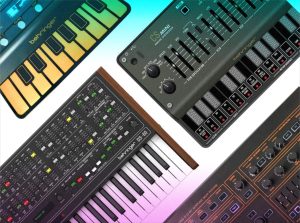
Uli Behringer’s flagship brand supposedly has over 50 synths in development. We track the progress of those announced so far
If you know Behringer, you’ll likely know the company loves a teaser campaign. Since 2017, the German instrument manufacturer has been trickling out snippets of new synthesizers and drum machines inspired by studio gear legends.
The clones have been somewhat of a touchy subject in the gear industry, compelling the brand to issue a statement on the “principles of competition” and to “clear up some misconceptions.”
In its own words, Behringer “chases analogue ghosts” in a bid to make music-making a more accessible hobby and give more producers than ever the chance to own a hardware synthesizer.
It’s a promising mission statement. The problem is how long it can often take for Behringer’s ideas to come to fruition. The RD-9, for example, is the brand’s reprise of Roland’s TR-909, and was first announced back in 2018 but wasn’t available to purchase until June 2021.
Product delays have been exacerbated by the global chip shortages as a result of the COVID-19 pandemic and, more recently, the war in Ukraine. Consequently, many music technology companies – Behringer included – are now in a weaker position to mass-manufacture instruments. Behringer is optimistic, though, stating that “new chip plants” in the United States could facilitate manufacturing from 2023 onwards.
To date, Behringer has unveiled details of over 27 synths on its Facebook page – the company is apparently working on over 50 – ranging from miniature Roland Jupiter-8-inspired synths to complete recreations of the legendary Yamaha CS-80. Plus, the company recently announced it’s also working on virtual emulations of hardware synths for its imminent free DAW.
Here, we round up Behringer’s upcoming instruments and the latest updates on its progress.
Every instrument Behringer is working on in 2023:
- BMX (Oberheim DMX clone)
- Space FX
- Neptune-80
- B-Tron III
- RS-9
- JT-2 Jupiter
- Moogerfooger clones
- MS-1 MKII
- Solina String Ensemble
- UB-Xa and UB-Xa D
- Pro-16
- Enigma
- LmDrum
- VCS 3
- MS-5
- Model 15
- DS-80
- Wave
- PolyEight
- Model D Soul
- Saturn Soul
- JT-4000 Spirit
- Pro-VS Soul
- UB-1 Spirit
- CS Mini
- Hirotribe
- 2-XM
- RS-9
- RSF Kobol
- Syncussion SY-1
- Polivoks
- 1601 Sequencer
- Behremin
- Edge
- Proton semi-modular synth
- BoogerFooger
- BCR32 MIDI Controller
- Behringer DAW
- Behringer virtual emulations
BMX
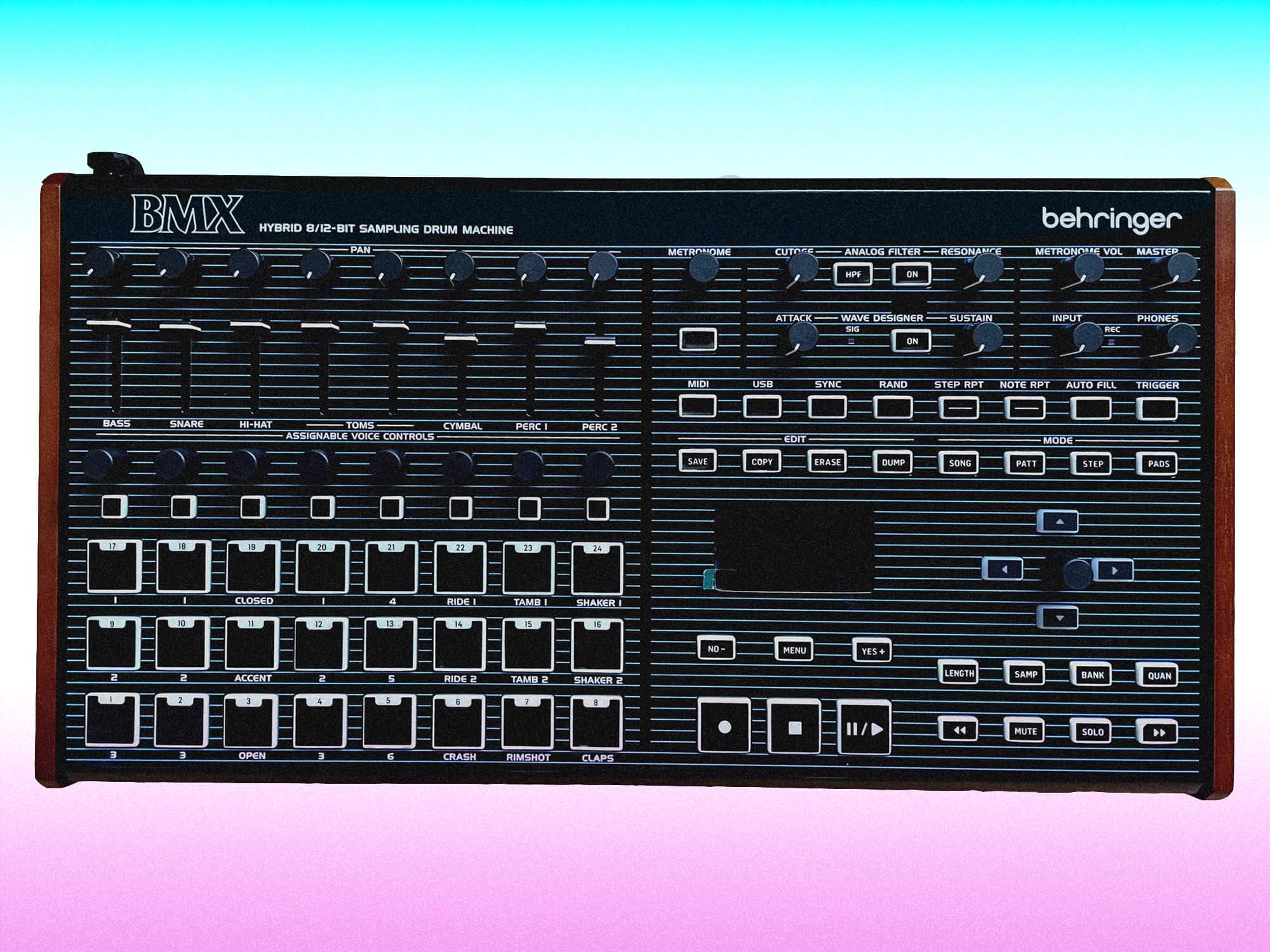
BMX is a clone of Oberheim’s DMX drum machine. Behringer kept the DMX’s buttons and faders, but added editing controls and a possibly larger LED/OLED screen. The back has USB, MIDI, trigger and sync connections, along with individual outs, summed main out, and a sampling input.
In March, Behringer said: “Today, we fired up the first version of our BMX prototype, a homage to the legendary Oberheim DMX,” Behringer stated on Facebook. “Aside from the original sound samples, the BMX has also a built-in sampler, analogue filters and much more. This is one cool sampling drum machine.”
Space FX
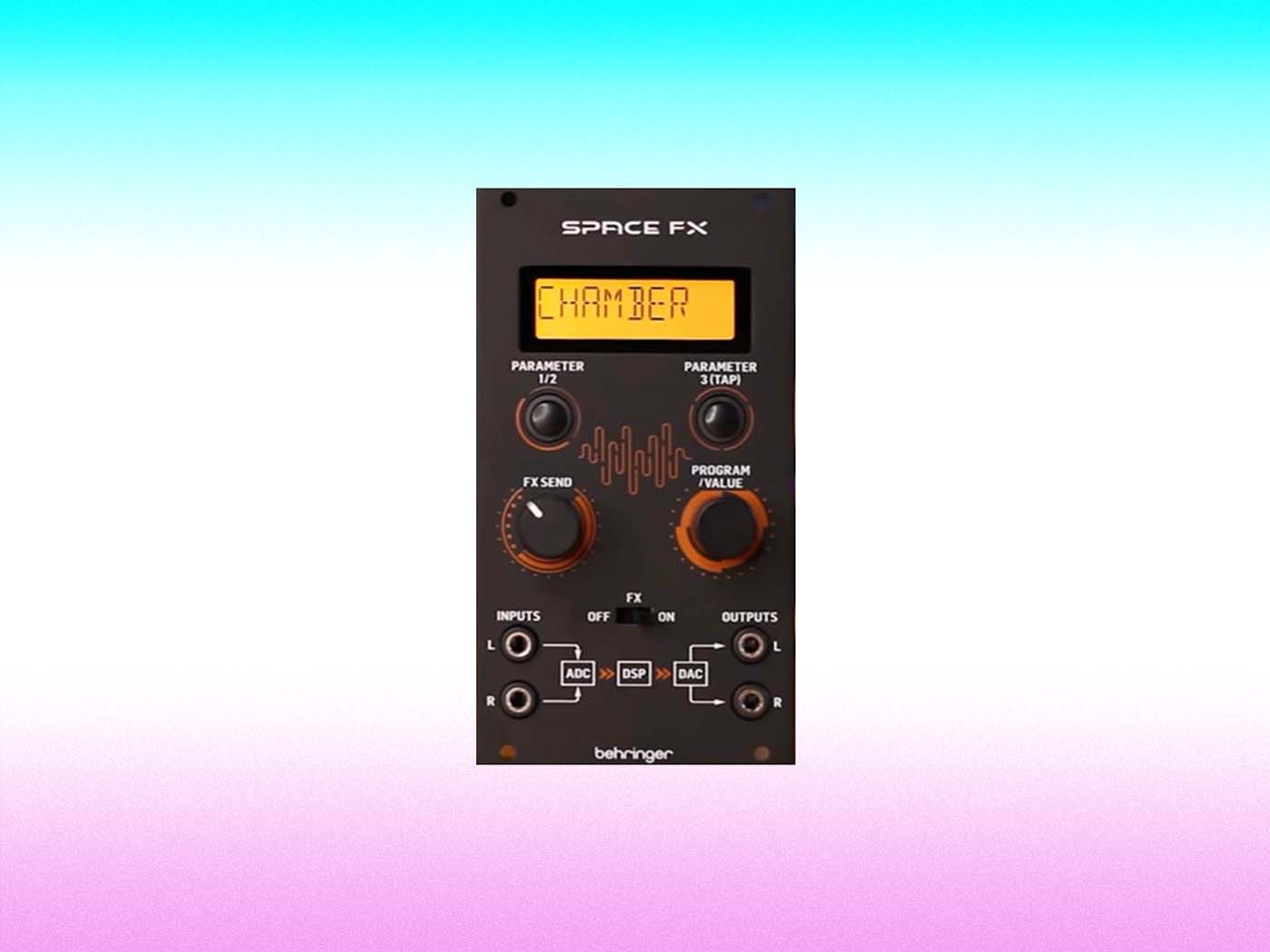
Another addition to Behringer’s range of Eurorack modules is SPACE FX, a 24-bit digital stereo effects unit featuring 32 Klark Teknik-powered effect algorithms, each with up to three adjustable parameters. The SPACE FX also enables effect combinations and manual synchronization of time-based effects like delay.
The module has a vintage-inspired faceplate reminiscent of classic Roland hardware, while the digital display bears a striking resemblance to the one found on Behringer’s Arp Odyssey-inspired synthesizer, the Behringer Odyssey.
Neptune-80
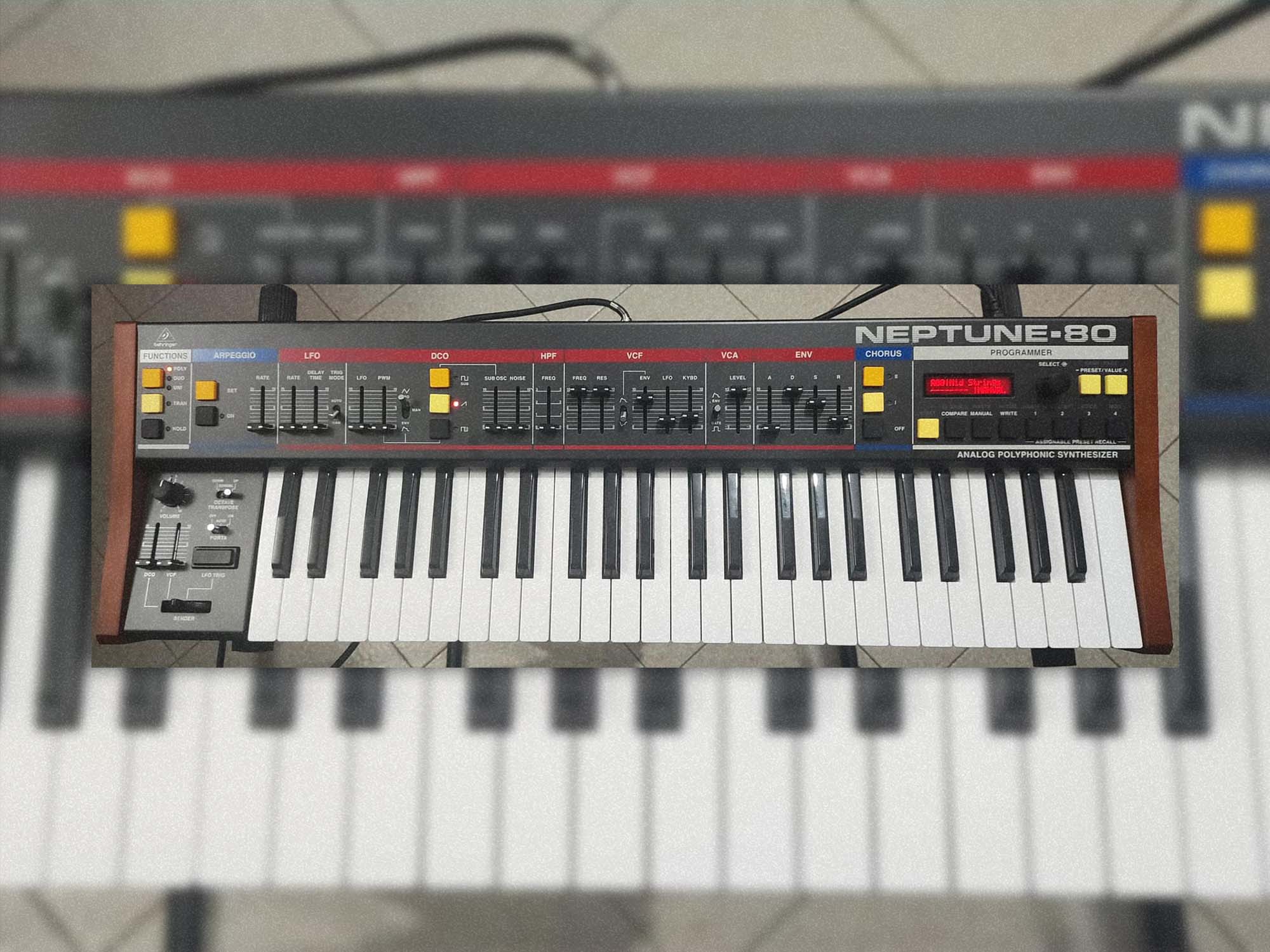
Behringer has finally revealed its highly anticipated Neptune-80 synthesizer, which has been modeled after the iconic Roland Juno-6/60.
The Neptune-80 will include all of the classic features found in the original Roland Juno-6/60, such as a single DCO, a high-pass filter, a low-pass filter, a VCA, an envelope, an LFO, and the iconic BBD-based chorus. However, this new synthesizer has a significant upgrade with 8-voice polyphony, a new analog matrix, USB/MIDI connectivity, and patch storage capabilities.
B-Tron III
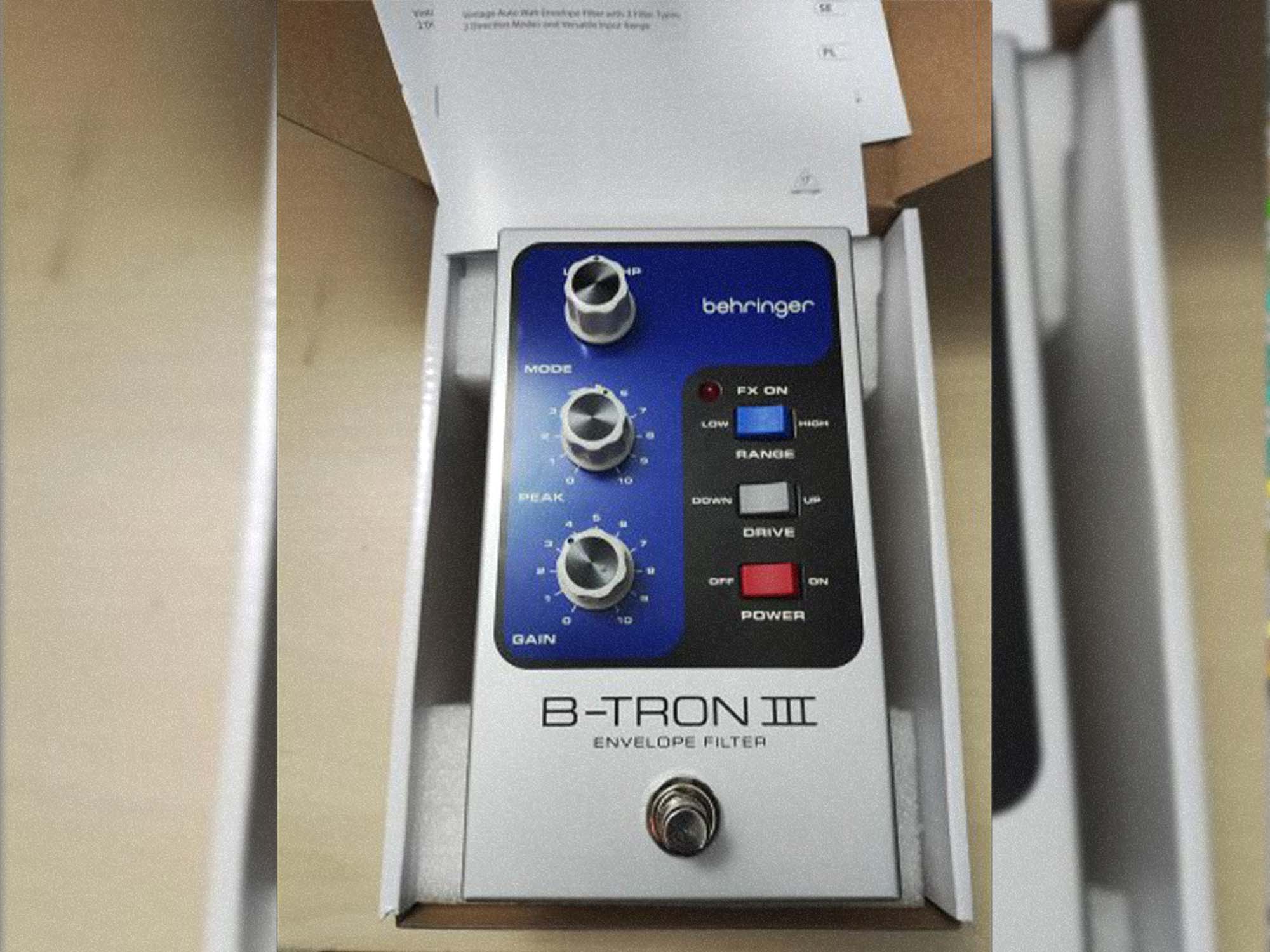
This one’s a replica of the Mu-Tron III guitar pedal, the B-Tron III.
The device features a state-variable multimode filter that offers selectable lowpass, bandpass, or highpass modes. It also comes with a peak knob that allows you to adjust the volume of the cutoff frequency and a gain dial that enables you to adjust the filter’s sensitivity to your instrument’s signal. The two effects switches include Range (low/high) and Drive (down/up).
RS-9
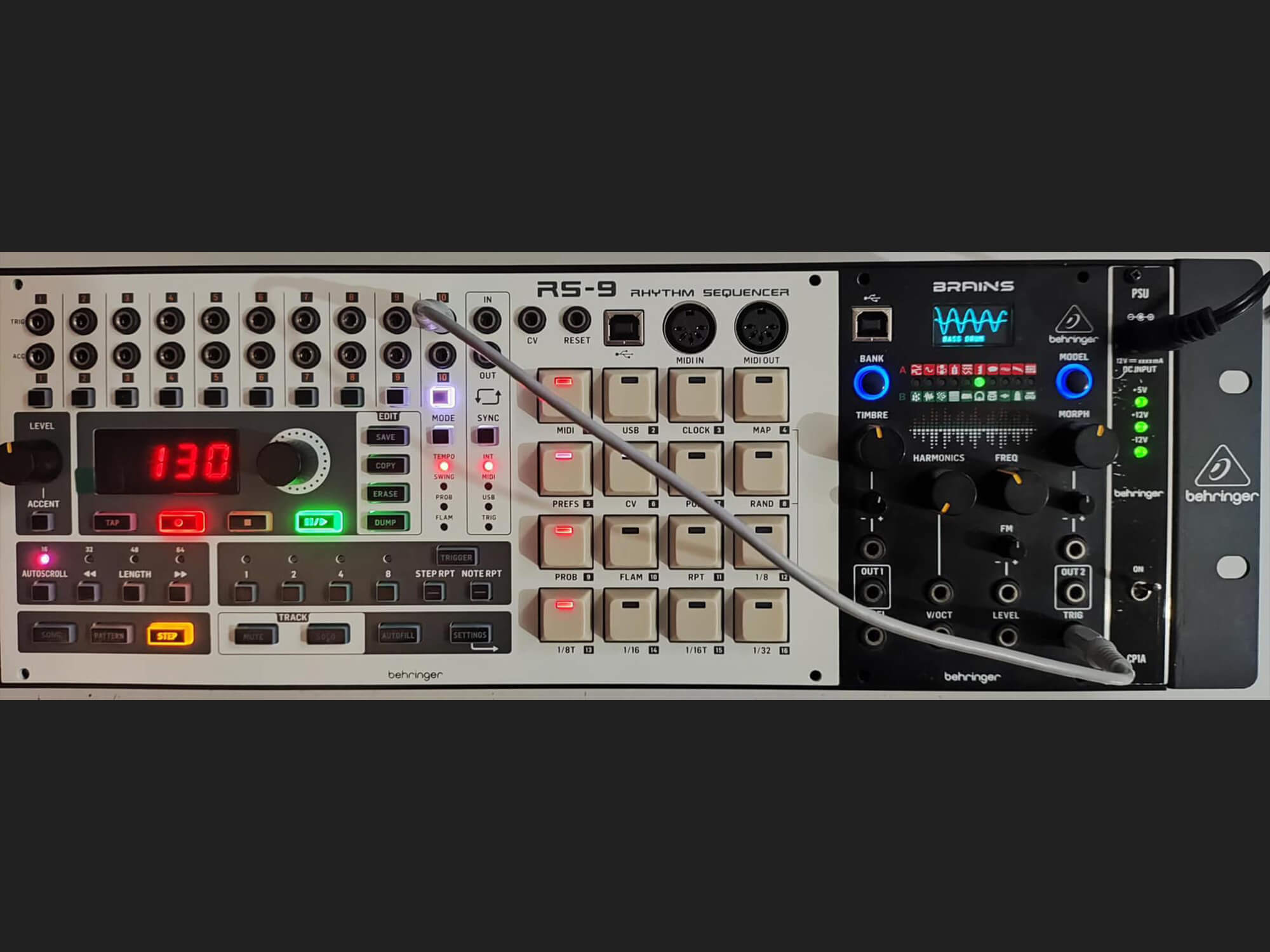
In March, Behringer confirmed that its RS-9 Eurorack drum sequencer was near production after a successful testing phase. The RS-9 is not a direct replica of any classic gear item, but it draws inspiration from the Behringer RD-9 and Roland TR-909 drum machines. The device has been adapted to a Eurorack format, providing a unique offering for music enthusiasts.
The device features ten trigger outputs, each accompanied by Accent outputs, as well as Sync In/Out, MIDI In/Out via a 5-pin DIN connector and USB. Additionally, the device includes a single CV input, which sits alongside a Reset input.
JT-2 Jupiter
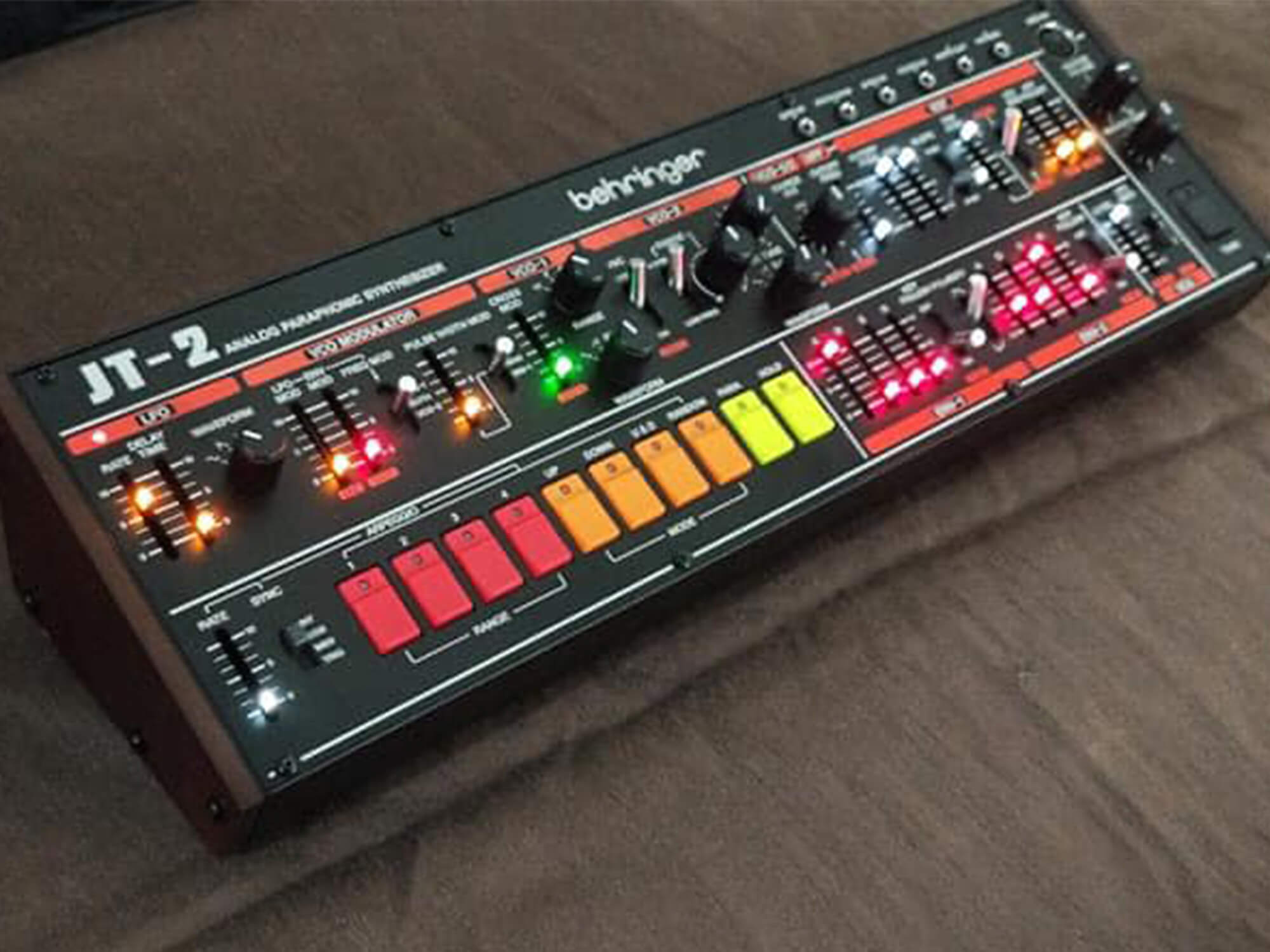
In February, the brand teased its latest prototype on Facebook, revealing that they’re working on a full-key version of the Jupiter while simultaneously introducing a more compact and budget-friendly Eurorack package. The prototype boasts an authentic Jupiter voice, with VCOs and VCFs identical to those found in the original version, as well as an autotune and arpeggiator function.
The JT-2 comes with limited connectivity options, including a single MIDI In/Out and USB, as well as a mono audio out. The front panel of the device features 3.5mm CV/Gate, Sync, and audio outputs. The classic Roland colorway of red, orange, and yellow buttons is used to operate the arpeggiator, and the device does not come with any presets.
Moogerfooger clones
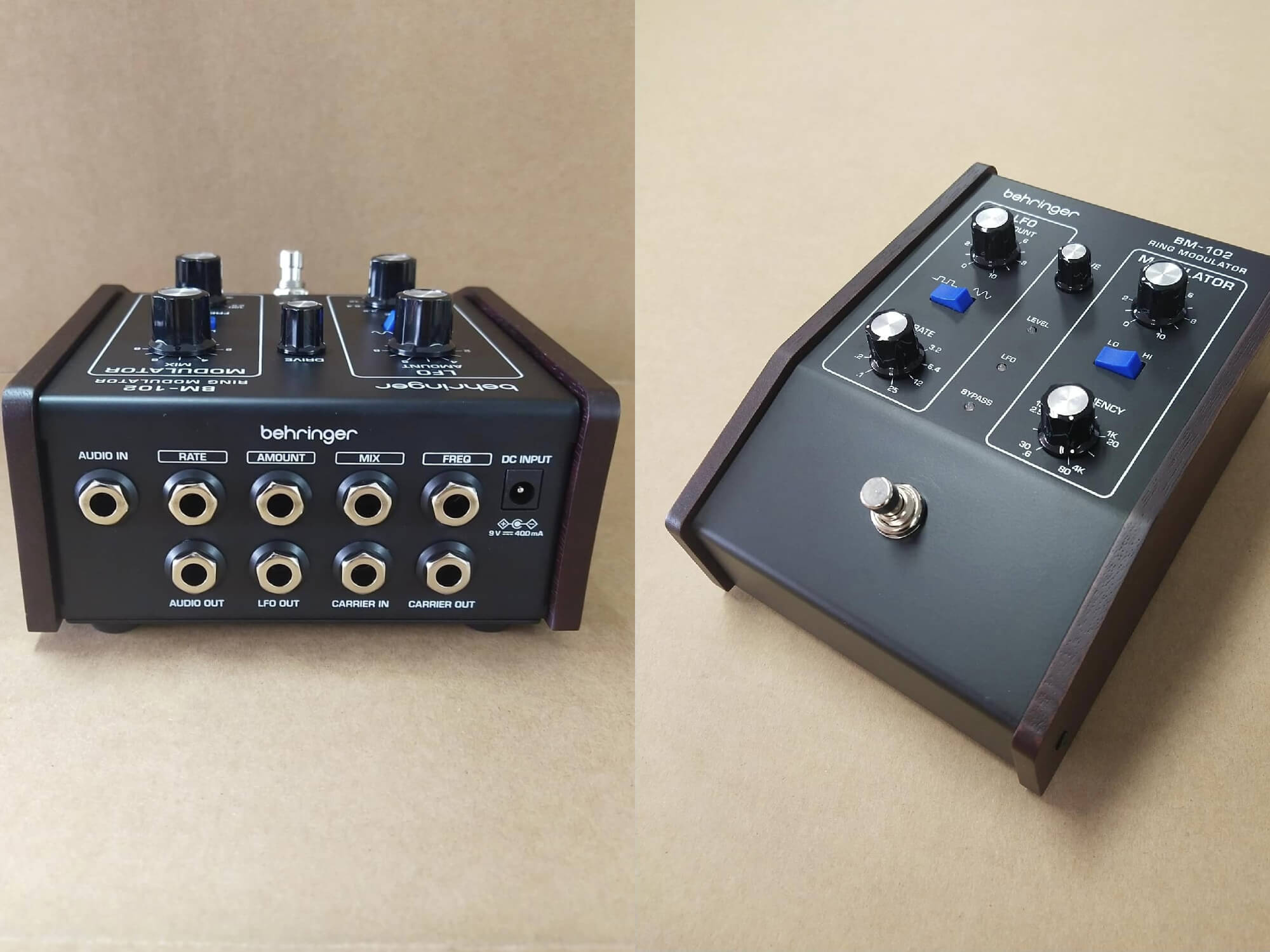
Behringer announced its plans to clone Moog’s sought-after Moogerfooger series in March 2023, specifically targeting the popular MF-104 analogue delay pedal. However, since then, the brand has been relatively quiet about the planned pedal series.
In the first prototype unveiled by Behringer, it was observed that they added a 1/4-inch CV input, five-pin MIDI input, and CV control to the pedal’s design. The Moogerfooger S-Series includes virtual versions of the MF-101S lowpass filter, the MF-102S ring modulator, the MF-103S 12-stage phaser, and the MF-104S analogue delay, among others.
MS-1 MKII
The MS-1 MKII is expected to provide further developed tones, unlocking the sounds of popular bands such as Devo, The Chemical Brothers, and The Prodigy. According to Behringer’s social media post, “Many of you asked for the MS-1. Here it is, but as [an] improved MKII… This revised version is based on the original 662 chips for a vastly improved VCF and VCA performance. And then we also added the dual glide function.”
The upgraded synth promises to deliver superior sound quality and enhanced playability, making it an exciting new addition to the market. Fans of the original MS-1 will undoubtedly be eager to try out the new and improved MKII version.
Solina String Ensemble

Behringer has been teasing its version of the ARP Solina String Ensemble since 2020, and in August 2022, the company has announced the completion of its design. The Behringer Solina’s estimated price will be $359, with a release date that’s still not entirely set in stone. Nevertheless, we got a new video showing off its capabilities:
UB-Xa and UB-Xa D
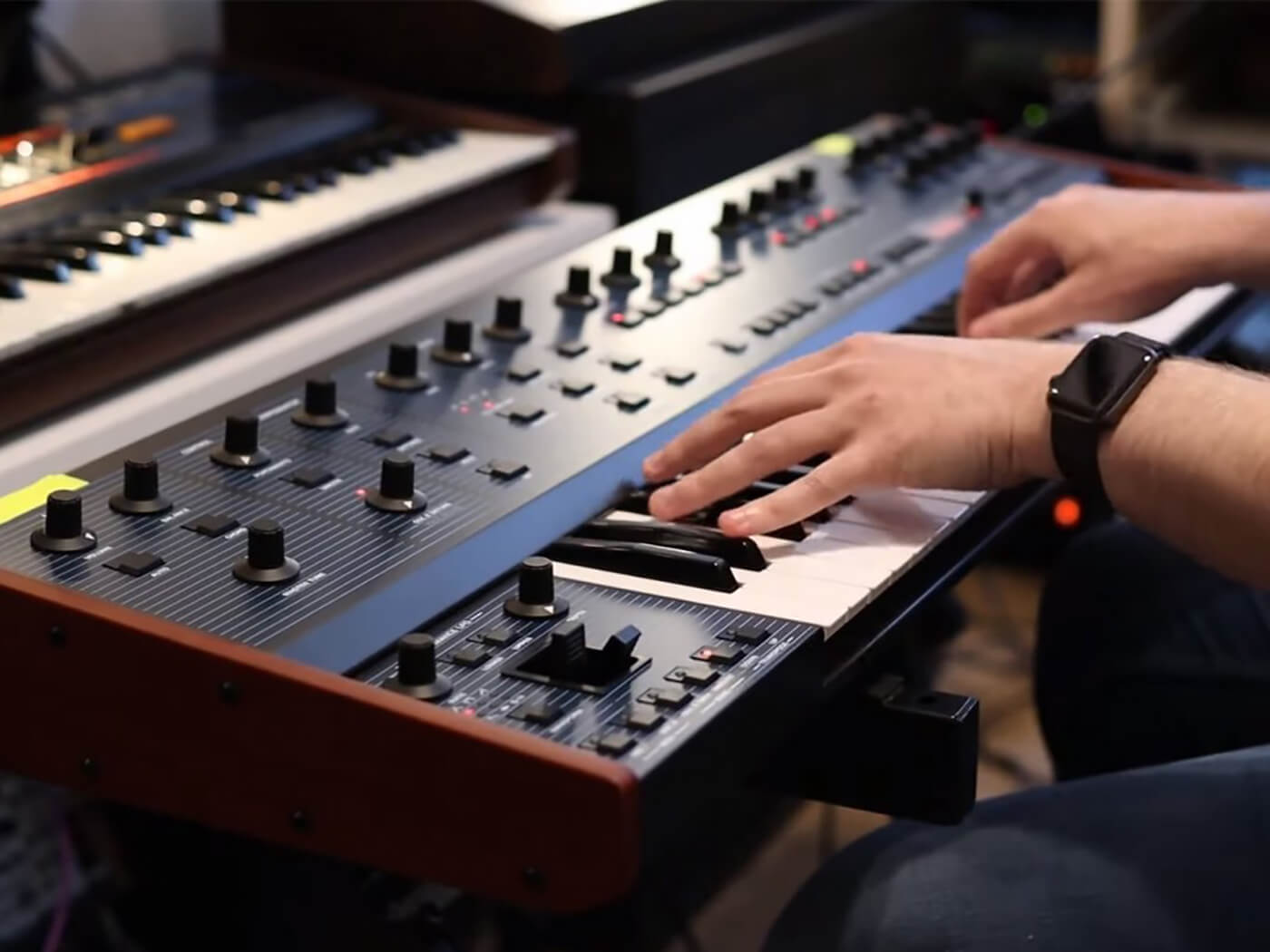
Behringer’s hotly-anticipated recreation of the Oberheim OB-Xa has been in the works since at least 2019. To the excitement of patient fans, the brand announced in March 2022 that a desktop version is “alive and fully working.”
Little has been revealed so far on the exact specs of the UB-Xa, but we do know that it features two VCOs per voice with square and sawtooth waves, a four-pole filter with 12dB or 24dB octave slope, an ADSR envelope and a VCA envelope. There will also be a double mode, where two patches can be played independently across the keyboard.
Pro-16
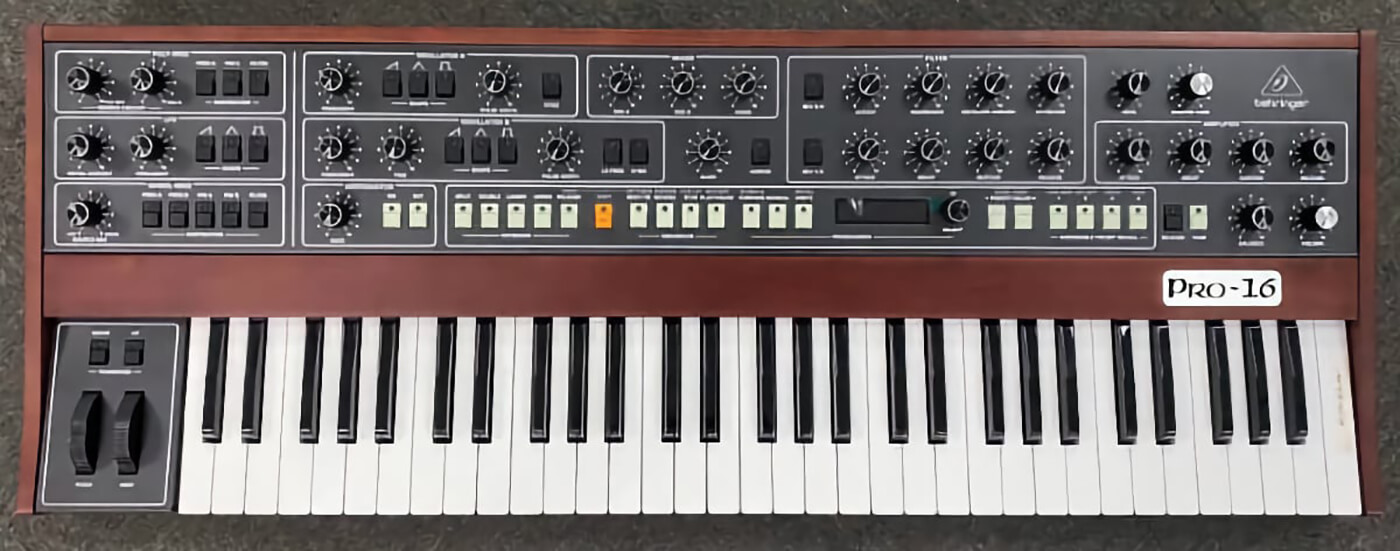
Sequential’s Prophet-5 was one of the most iconic synths of the 80s but was largely unavailable to the mass market until the brand announced a fourth revision in November 2020. While the Rev4 has been enjoying deserved praise, Behringer has been hard at work on a recreation of its own – and one that could feature 16 voices of polyphony.
Most interestingly, the Behringer Pro-16 seems to feature a knob in the same position as the Rev4’s Vintage rotary control. However, it’s hard to say for certain if it will be used to emulate the behaviours of past Prophet models.
Enigma
Behringer is doing the Buchla Easel 208 in a Eurorack format with the Enigma, a proposed reproduction of the original. The clone is said to be an authentic analogue replication of the original (including 14 optocouplers), with the addition of total recall functionality, an OLED display and both five-pin and USB MIDI. Behringer also says it hopes to price the synth at $399 – but as with the other synths, we’re not sure when this one will actually launch.
LmDrum
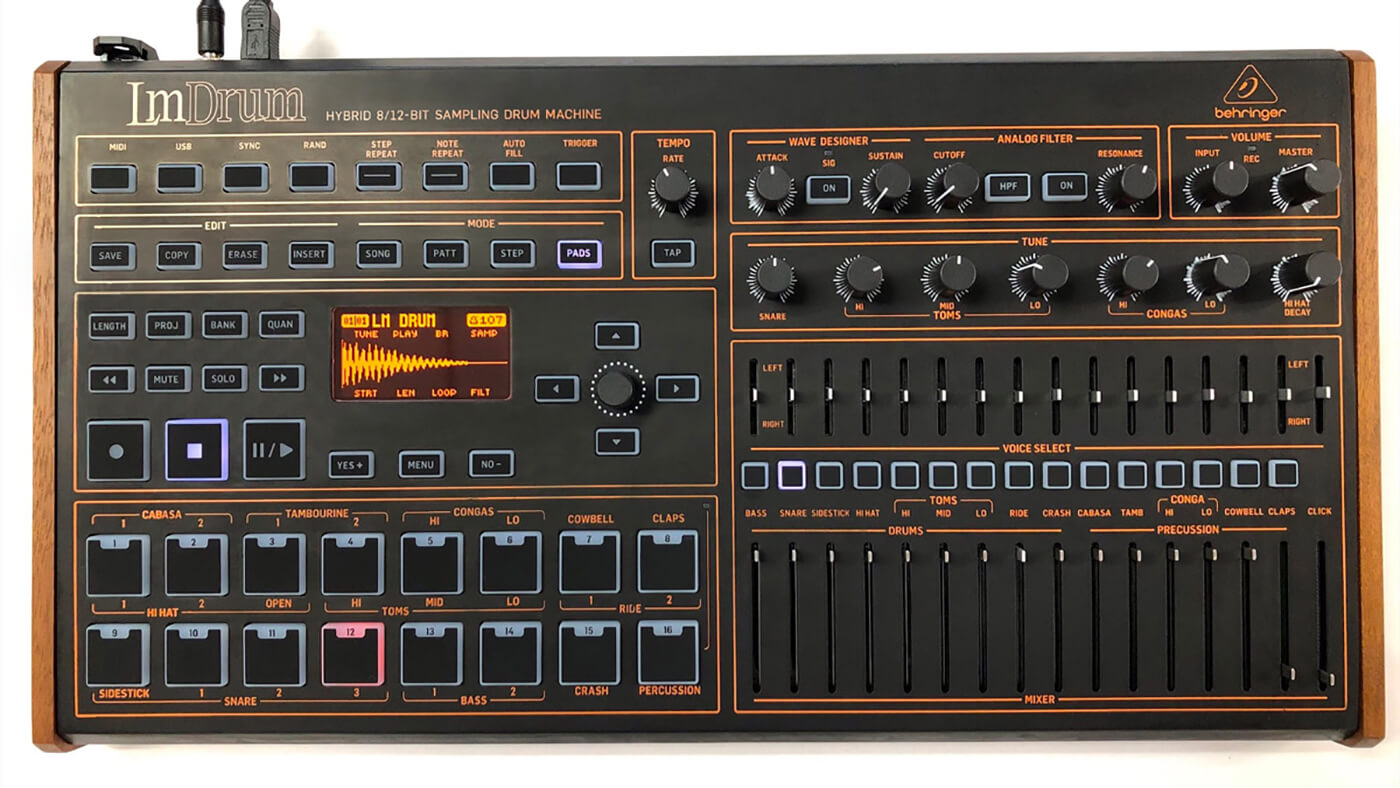
The latest word on the LmDrum is that the drum machine has completed its revision B hardware design, which Behringer hopes “will be the last one.”
A take on the iconic LinnDrum, the recreation was announced back in July 2021 as the brand’s first sampling drum machine. In a July 2022 update, Behringer noted that firmware development was at 80 per cent completion and that the drum machine will sport two H7 and F3 ARM processors.
VCS 3
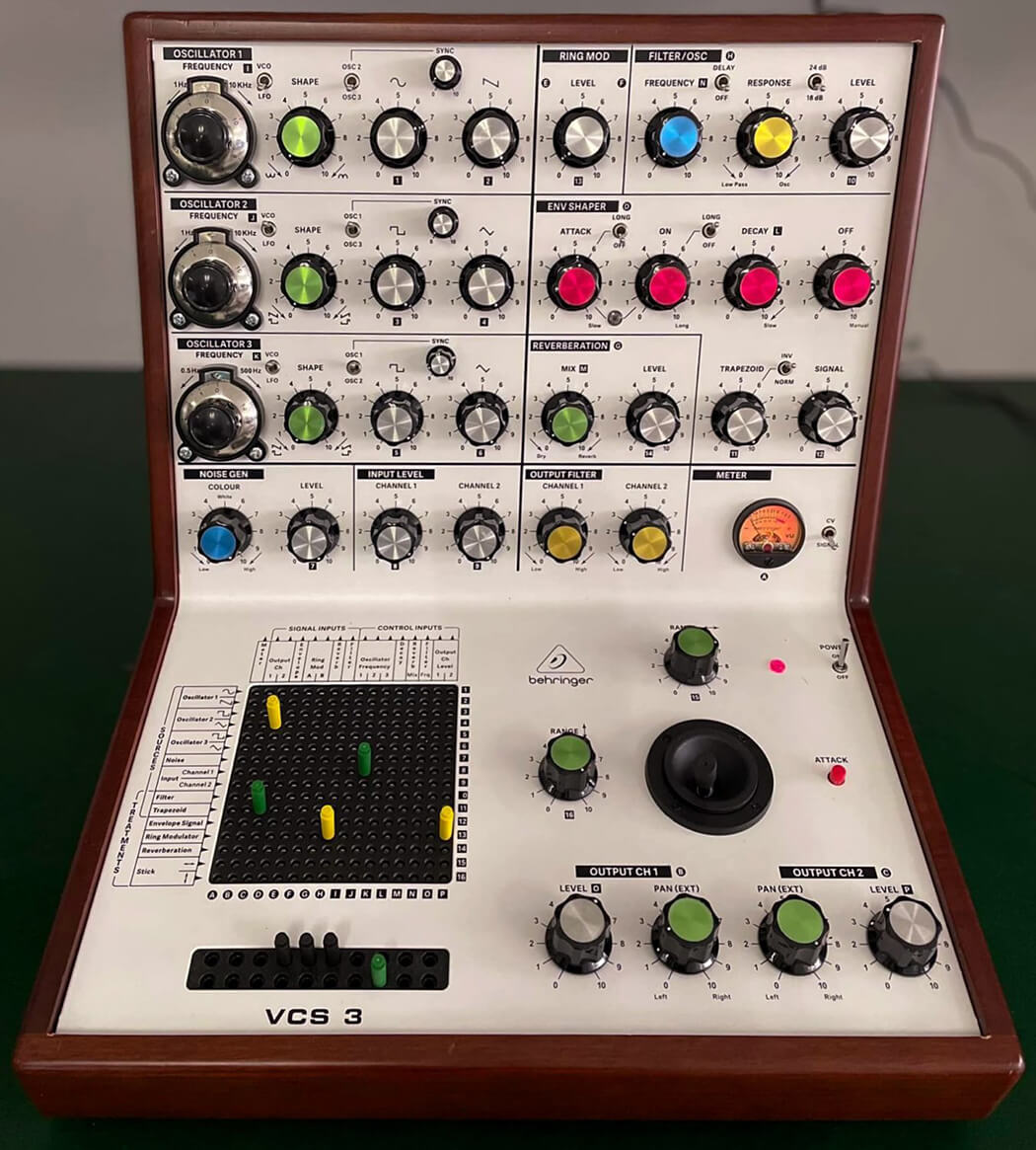
As far as we can tell from an image Behringer shared of its prototype, the German manufacturer’s recreation of the EMS VCS 3 takes a lot from the look of the original, with wooden side panels and a similar size and form factor.
However, the brand has stated that its take on the Putney will also pack modern features, including MIDI compatibility, a spring reverb and a manual gate button. The brand revealed that it is working with John Price (formerly of Midas and Neve) to create its version of the synth.
According to an update from 29 March 2022, a pre-production model has been completed and has been sent to its beta testers for a “final sign-off”.
MS-5
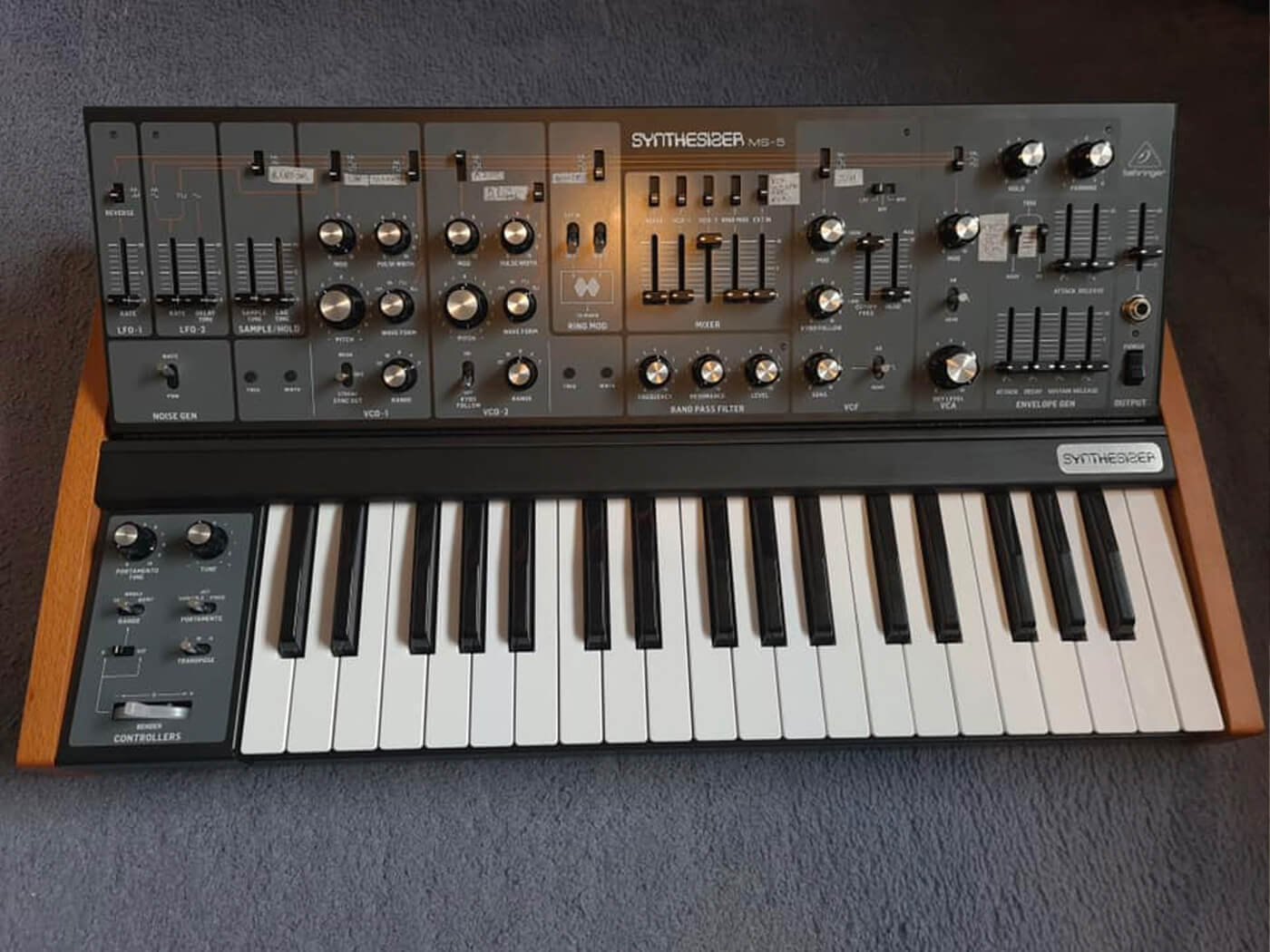
First announced in July 2021, Behringer’s remake of the Roland SH-5 will follow closely to the circuit design of the original. So much so, in fact that the brand said it wouldn’t support patch saving as “it would completely change the architecture and the sound” of the synth, responding to a fan question on Facebook.
Like the SH-5, the Behringer MS-5 will likely feature two analogue VCOs, a mixer, a ring modulation section, white and pink noise generators, and the ability to mix in five audio sources. It also isn’t too far-fetched to imagine it will support MIDI to some degree.
Model-15
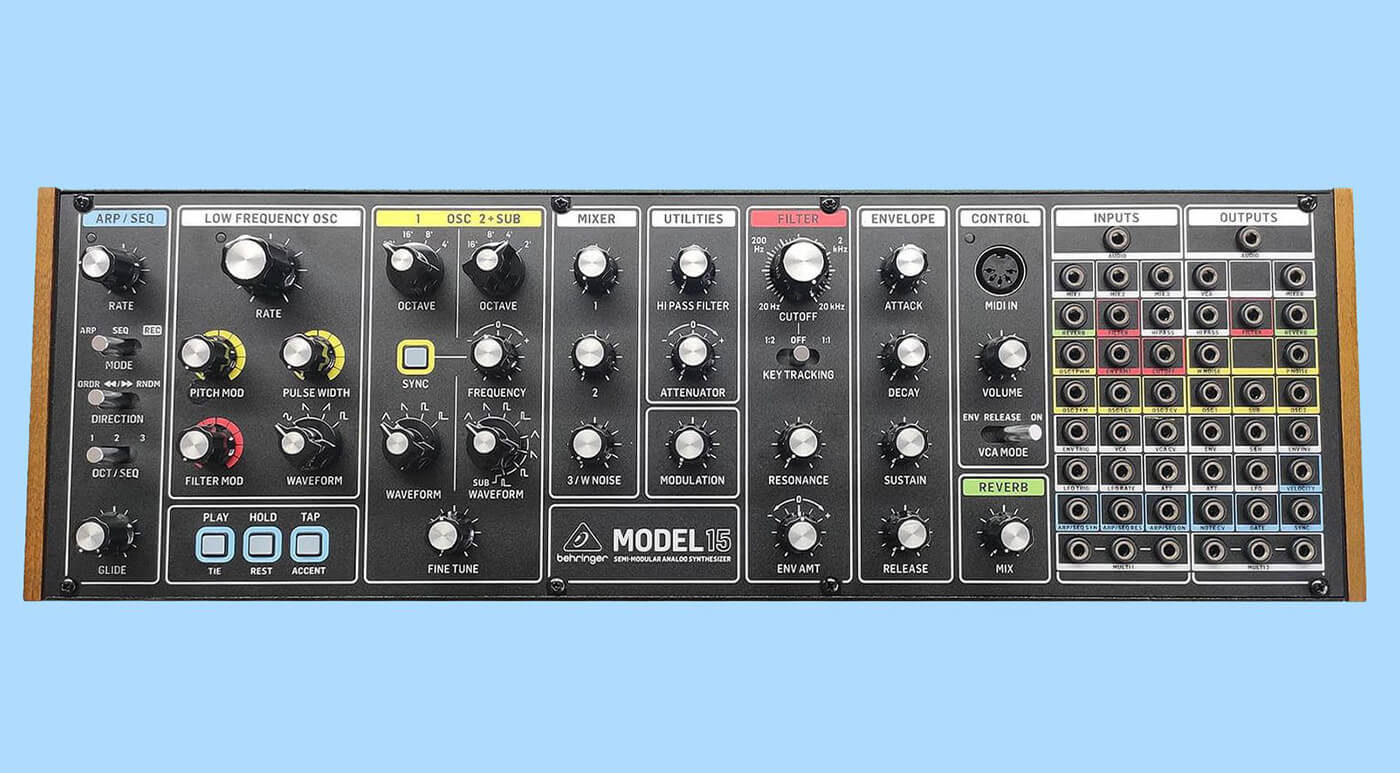
Announced in March 2022, this semi-modular system wears Moog inspiration on its sleeves, with a design reminiscent of the Moog Grandmother. On top of its 37 controls for sound generation and modulation, you also get comprehensive MIDI with voice priority and a step sequencer with three memory slots.
While Behringer claims the Model 15 is fully developed, it isn’t due to be shipping anytime soon until it receives the chips it needs. However, we do know that it will be priced at $299.
DS-80
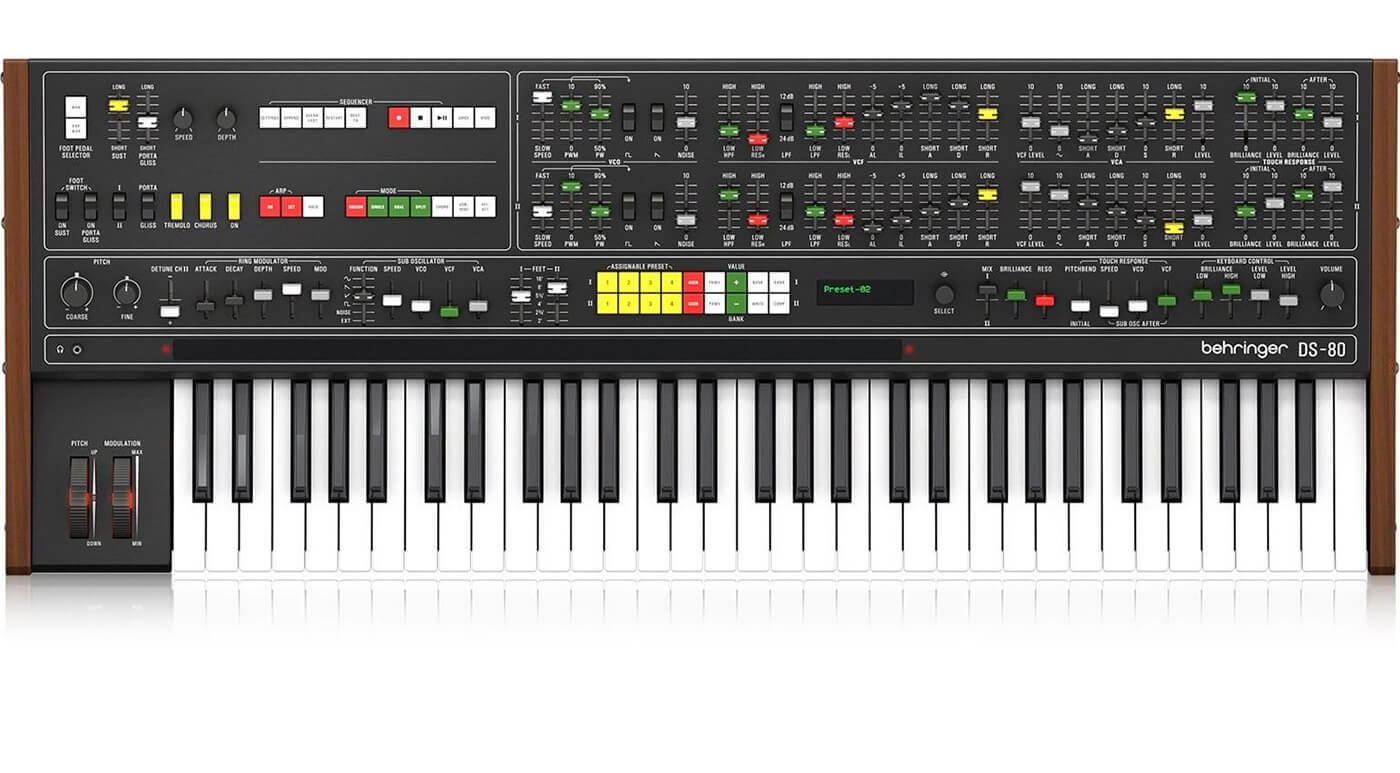
Behringer’s purported “breakthrough” in development has yet to yield actual results, as it’s been close to a year since we heard about the recreation of the Yamaha CS-80. First announced in the summer of 2020, Behringer admitted that the project was far from straightforward, but that it has managed to replicate the “critical functions such as VCF and envelopes identically.”
In March 2022 however, as the brand was unveiling its army of microsynths, it suggested that a sized-down take on the CS-80 might hit the shelves soon, with three-note polyphony, a single filter and VCA along with a motion sequencer and more.
Wave
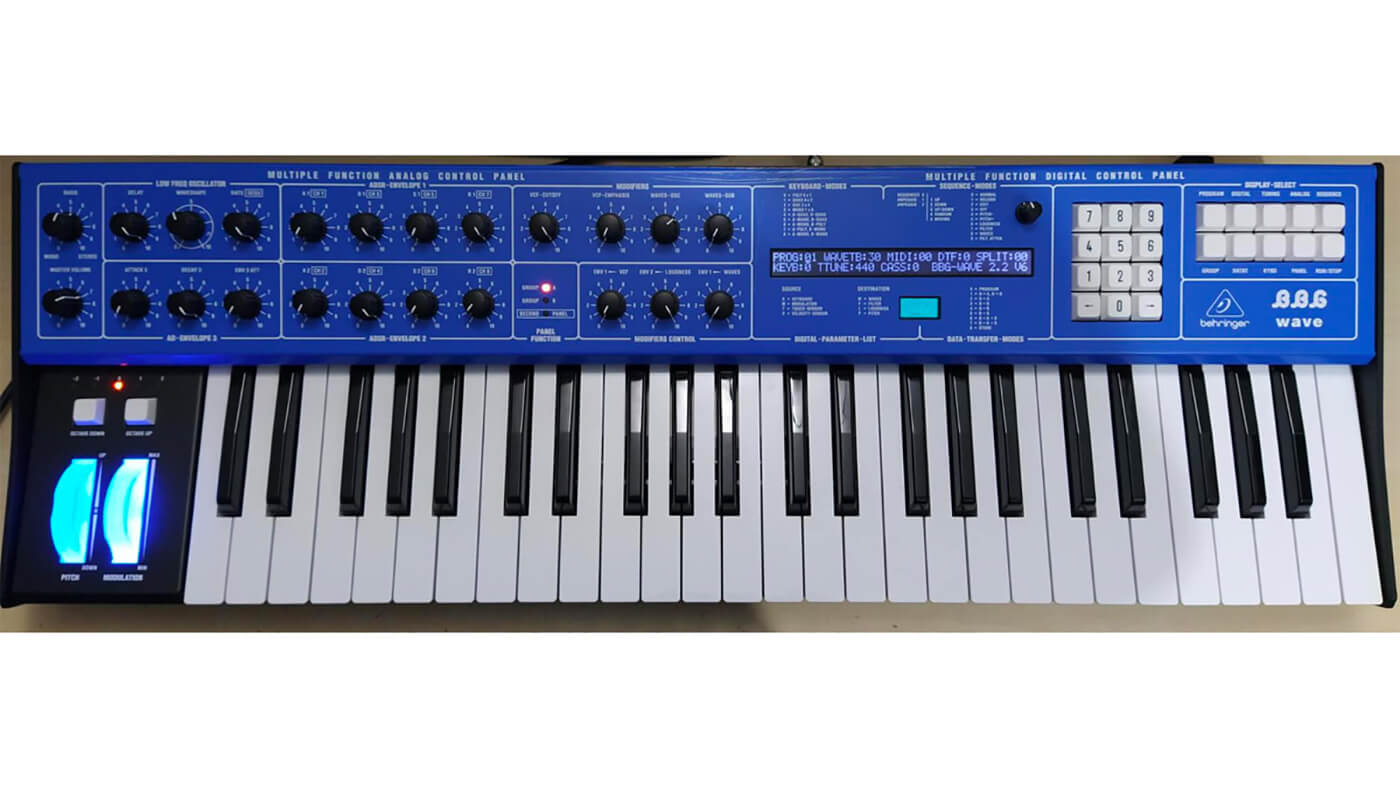
The Behringer Wave is a reimagining of the PPG Wave synth, and according to the brand back in July 2021, its firmware was close to being finished. At the time, the brand was looking to put 20 pre-production units into the hands of select beta testers; namely, ones who already own an original PPG Wave and who have “a deep technical understanding and knowledge related to professional testing procedures and sound analysis”.
On top of that, a tester would be required to have a YouTube channel and be willing to post comparisons between the original and the Behringer version – some pretty tough criteria indeed.
Model D Soul
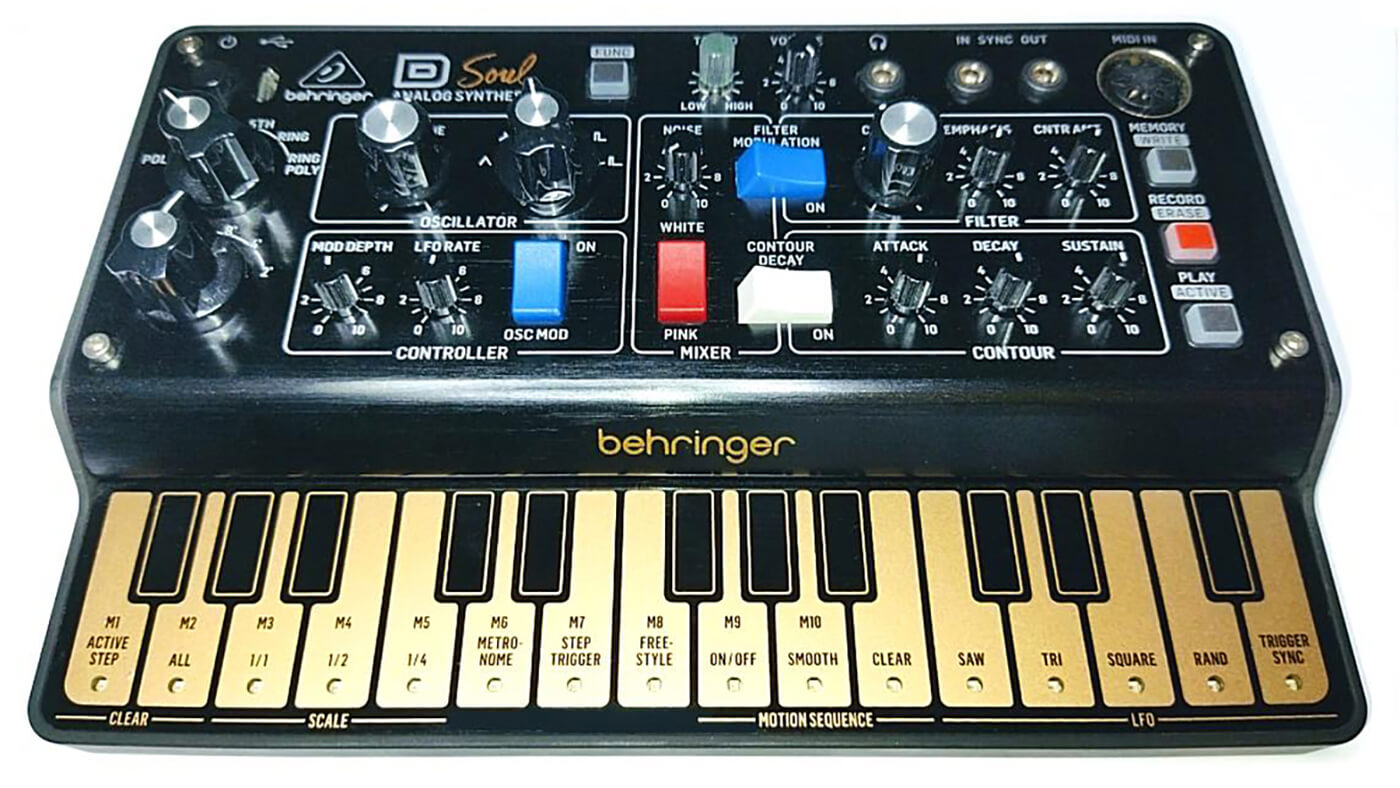
The Model D Soul, announced on 6 March 2022, is a three-note polyphony synthesizer based on the 1970s Minimoog Model D. Behringer is recreating the Minimoog circuitry to the best of its ability, including a VCO with five selectable waveforms and a vintage-sounding low-pass filter.
Behringer has not given us any more information on the Model D Soul since that early March reveal, but it has promised to be delivering all specs and a full video rundown of the product soon.
Saturn Soul
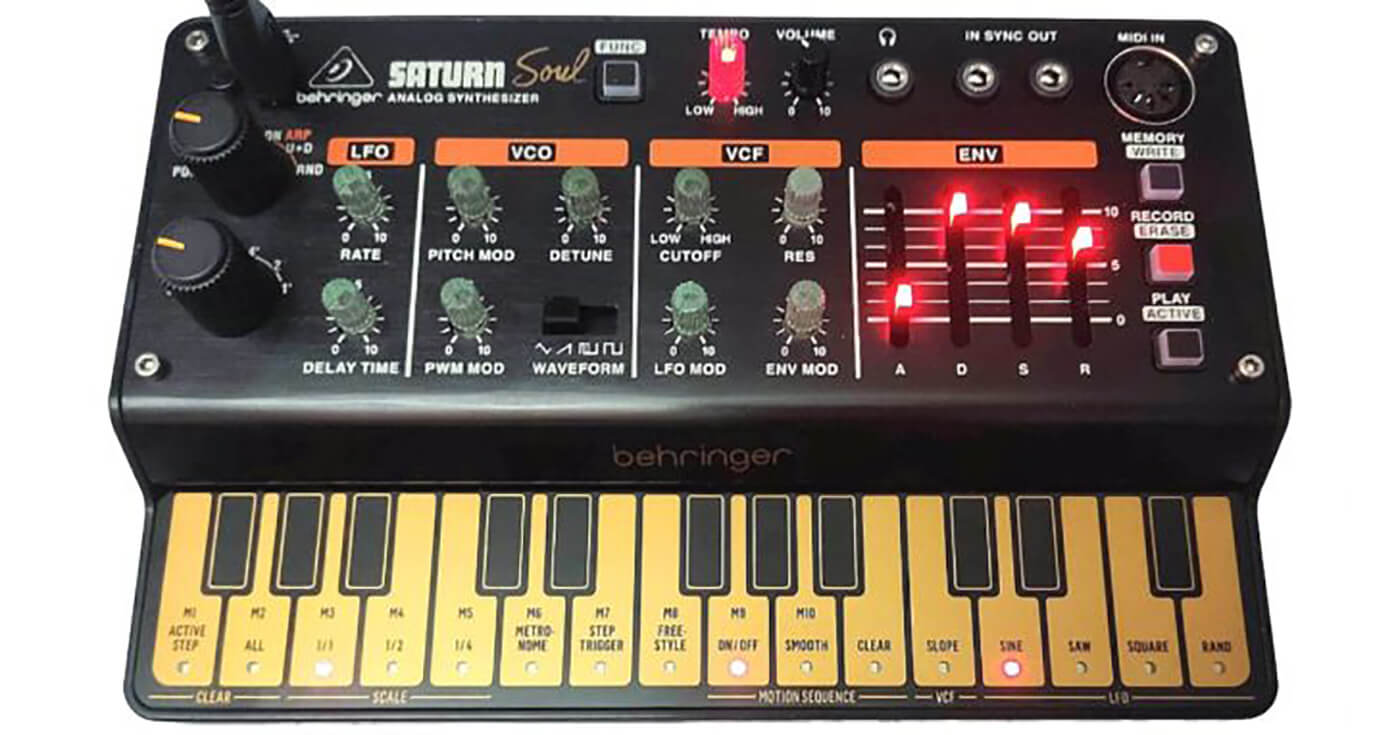
The Saturn Soul is Behringer’s miniature take on the classic Jupiter-8 synth by Roland. With three VCOs, a multi-mode filter, arpeggiator and 16-step motion sequencer, the Saturn is set to pack an affordable punch. Plus, Behringer has nodded to the fact it’s building a full-sized Jupiter-8 clone.
Behringer hasn’t alluded to any release date yet but has noted that it’s suggested price is a seriously low $99.
JT-4000 Spirit
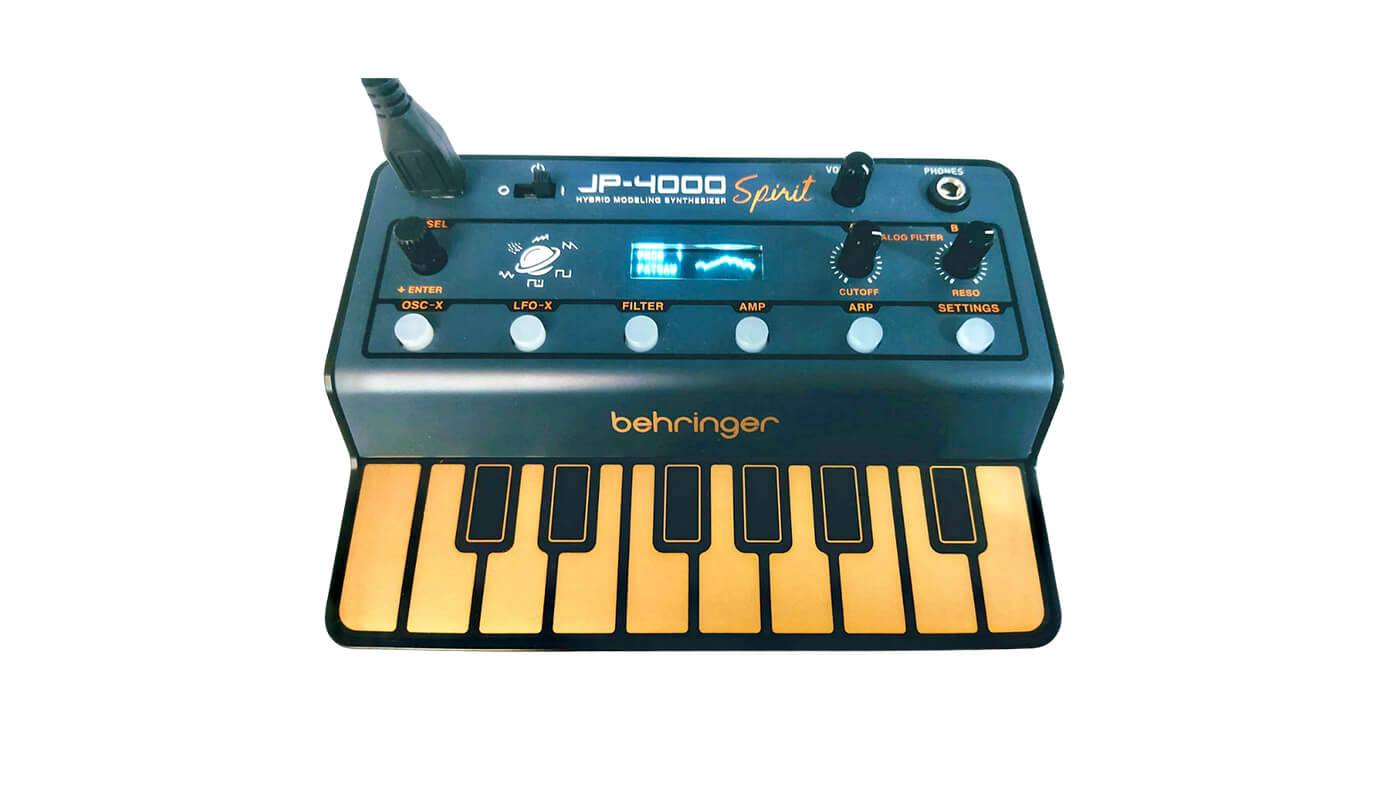
Fulfilling Uli Behringer’s dream to one day create synths that even children could purchase, the four-voice hybrid paraphonic JT-4000 Spirit is a supremely affordable $49 synth. The JT-4000 offers two analogue modelling oscillators per voice, an analogue filter and two operator FM engines.
Modelled off the Roland JT-8000 sound engine, it looks like a fun little entry-level synth. The synth was teased in February as the JP-8000, seemingly changing names since, and has a due date of June 2022.
Pro-VS Soul
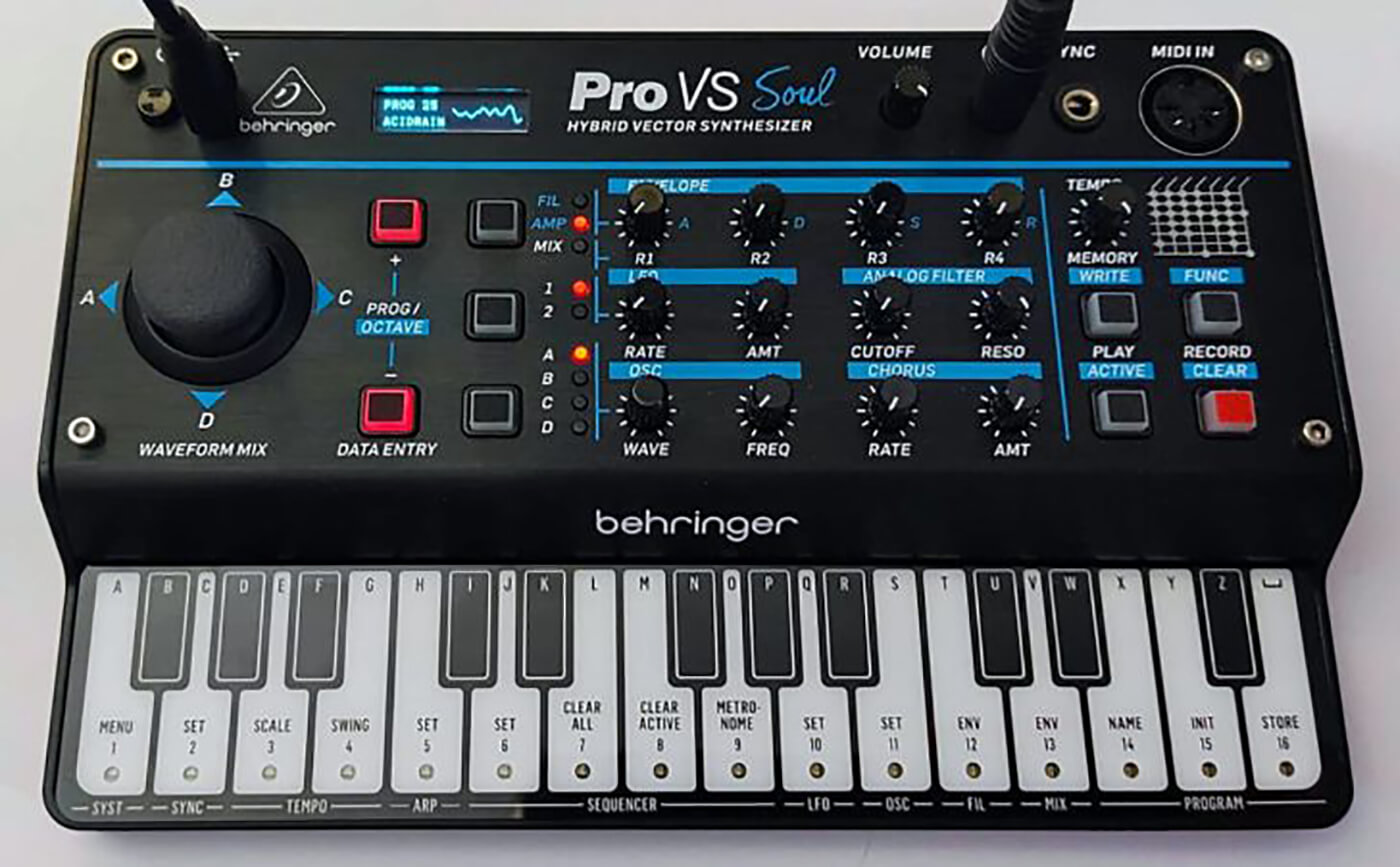
The Pro-VS Soul was teased by Behringer in February 2022. It’s a polyphonic four-voice Hybrid Vector synthesizer offering presets and full MIDI implementation. This is loosely based on the Prophet VS from 1986 but, with many additional functions such as 127 wave tables, 32 presets, a sequencer, arpeggiator and display with an oscilloscope, many are comparing it to the likes of the Korg Volca family. At just $99, it could be a steal.
Behringer is yet to announce a release date for the Pro-VS Soul, claiming to be ready to head straight into production once chips are ready.
UB-1 Spirit
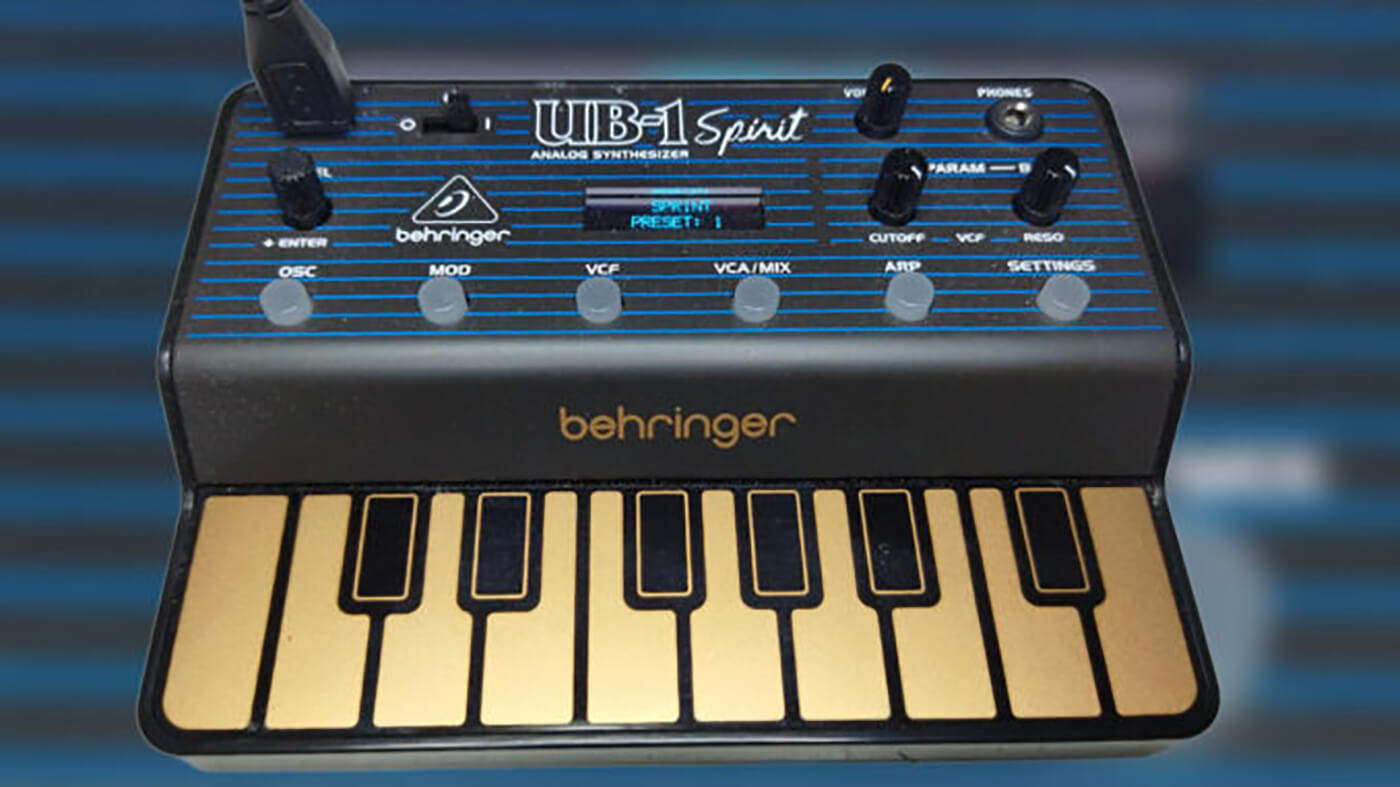
The UB-1 Spirit is a minisynth based on the Oberheim OB-Xa. It can be bus-powered by a smartphone, powerbank or computer, boasting serious portability, much like the other Spirit and Soul minisynths..
It’s got two analogue oscillators, a four-pole filter, a built-in arpeggiator with three patterns and a hold function. Since its tease March 2022, Behringer has given us no more information on a release date.
CS Mini
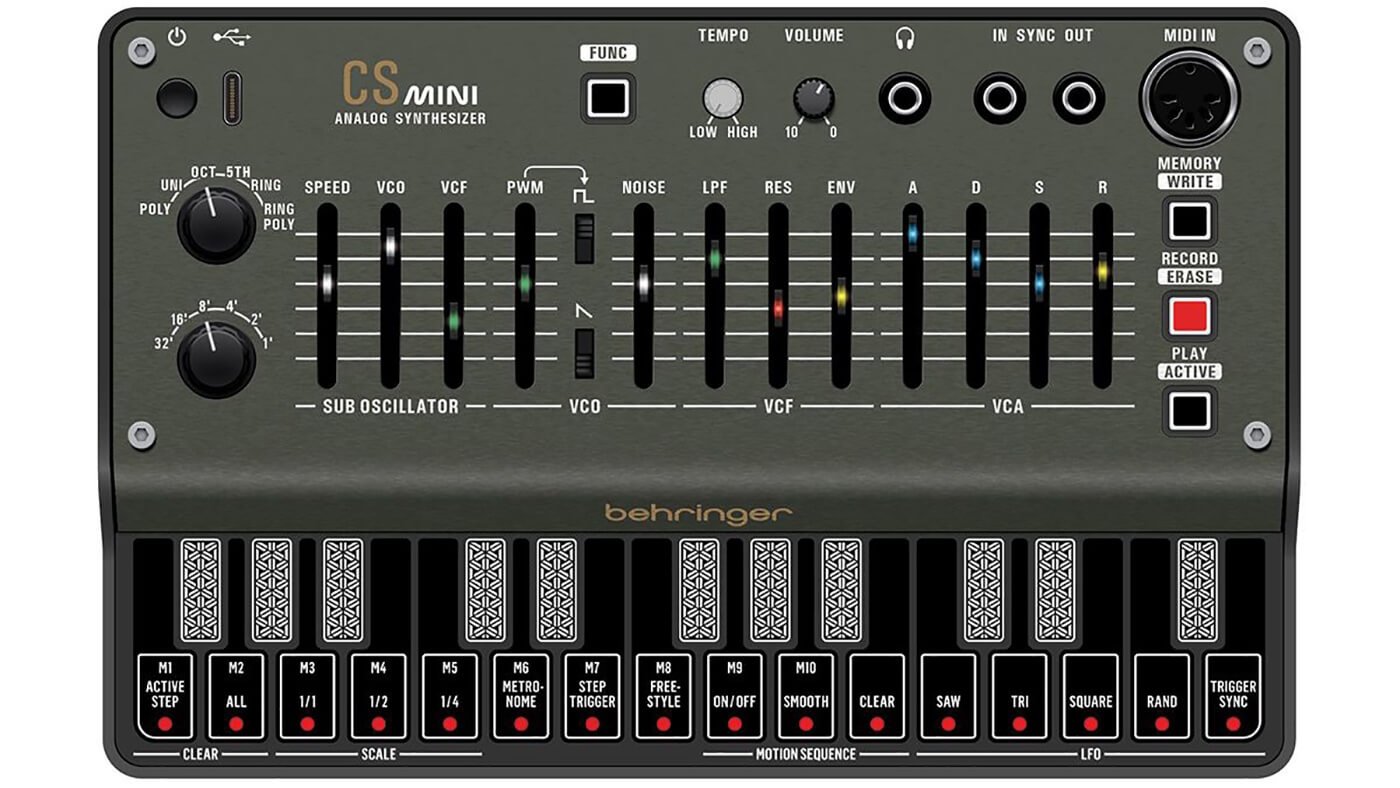
With a full-sized version also in the works, Behringer’s pocket-sized rendition of the classic Yamaha CS-80, the CS Mini, is another minisynth that offers a lot of functions to play with. Teased in March 2022 with the rest of the minisynths, there’s no release date as of yet, unfortunately, but could come with a price tag just $99.
Its slider-loaded keyboard will handle three notes of polyphony, with MIDI and a motion sequencer.
Hirotribe
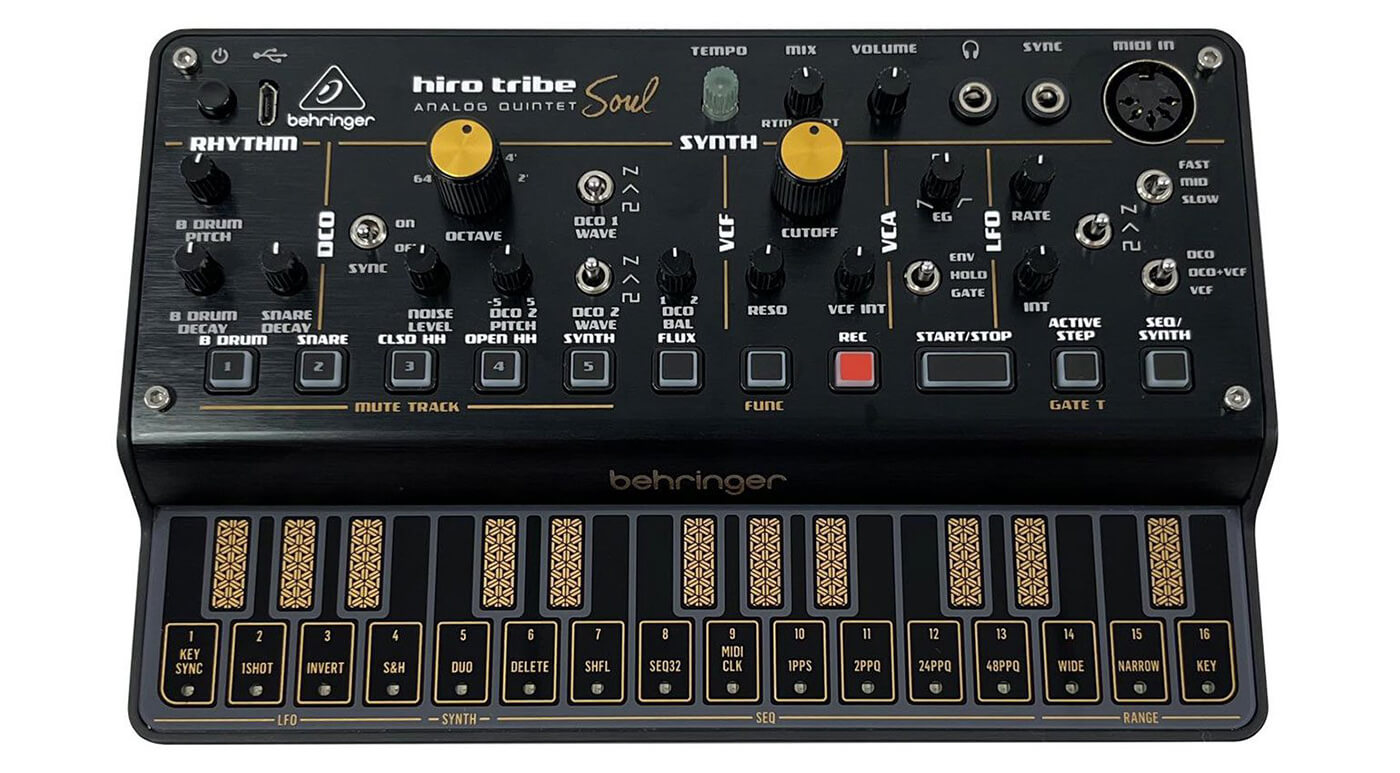
The Hirotribe is an exciting project coming into fruition thanks to a collaboration between Behringer and Korg MS-20 and Monotribe designer, Hiroaki Nishijima. Nishijima was keen to conjure up an extended, evolved version of the Korg Monotribe that “everyone could afford”.
The results are looking impressive, featuring two DCOs, a drum machine and sequencer, as well as a noise generator, an LFO and a single-knob envelope, all for $99. Release date is still to be announced.
2-XM
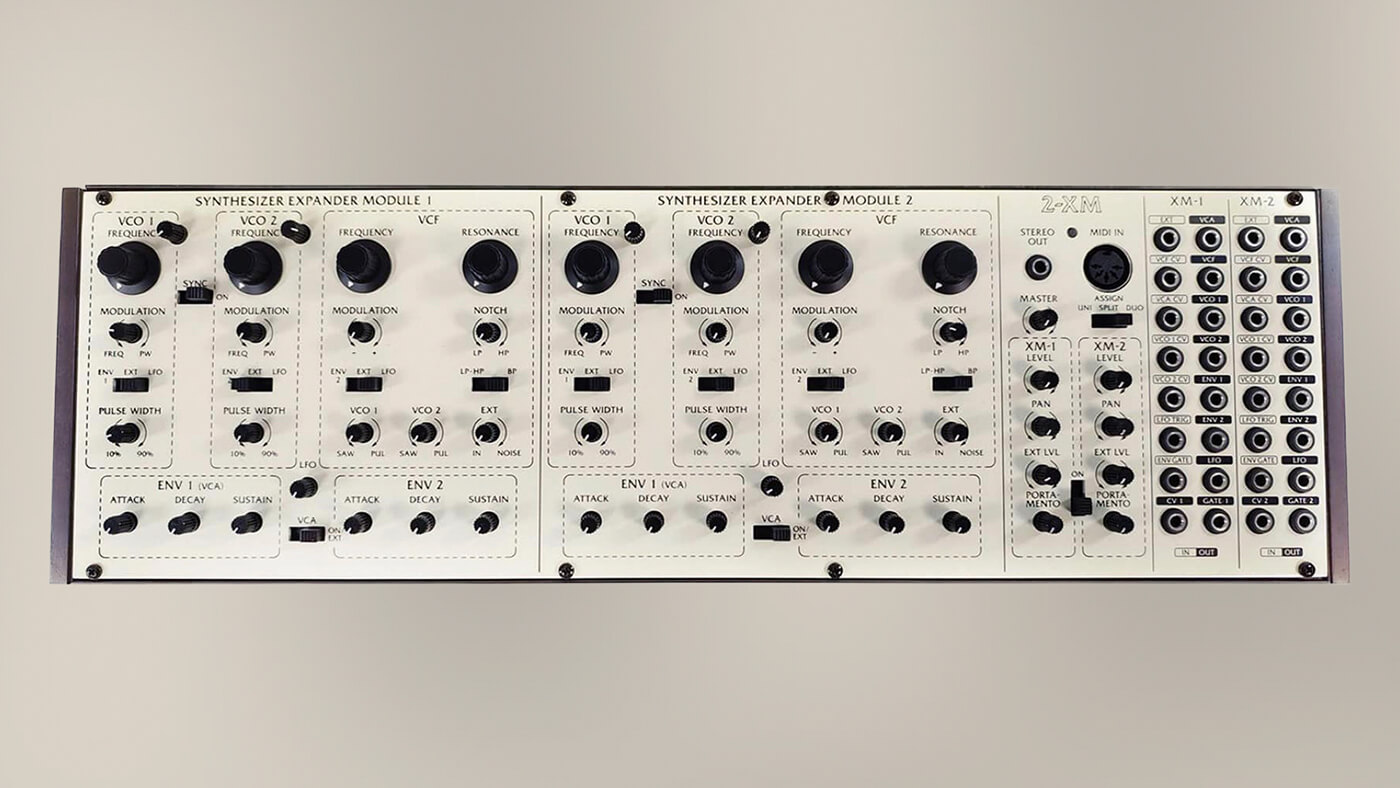
In this Oberheim Two Voice-inspired Eurorack unit, the 2-XM, Behringer’s “authentic reproduction of SEM 2-Voice circuitry from the 70s”, includes four VCOs, two multi-mode VCFs, two LFOs and four envelopes, as well as a Moog Mother-32-style patch matrix.
The shipping date is vague, with the global shortage of chips meaning there’s no confirmation on when the 2-XM will be available to build and buy..
RS-9

Remember the RD-9 drum machine, based off the 909? Well the RS-9 is the RD-9 ported to a drum sequencer for Eurorack. Behringer revealed in April that this is in the works and ready for testing. People are already raving about its hands-on, chunky buttons. It’s got 10 individual outputs and full USB/MIDI control, allowing you to trigger any external drum module. So, if you’ve got the RD-8, you can sequence that, too.
The price Behringer are putting on this currently is $149. It will be ready for mass production once testing has taken place.
PolyEight
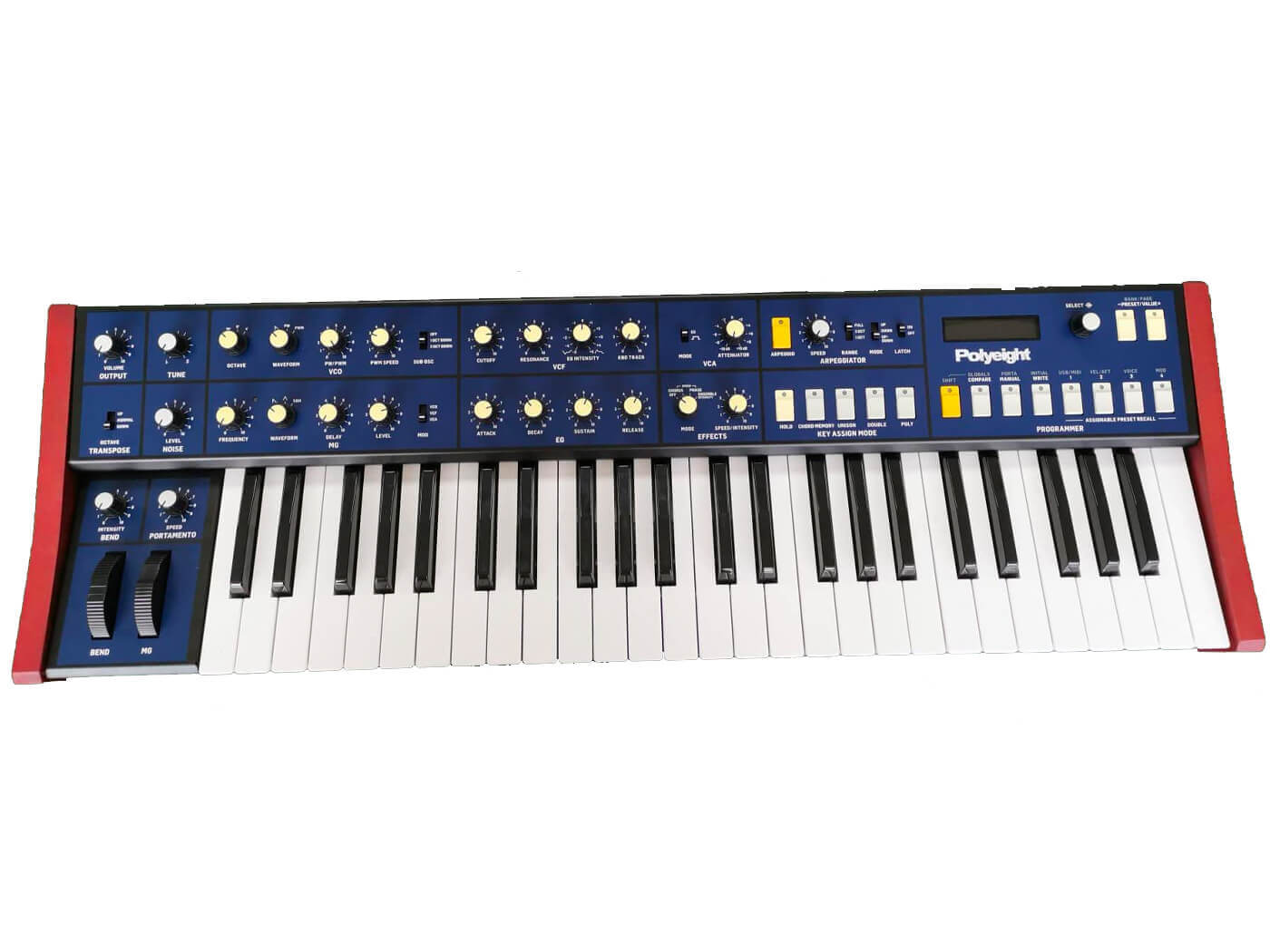
While there has been no update on this since April 2021, the PolyEight is Behringer’s take on the 1980s Korg PolySix. The brand says this updated concept provides a “much-improved user interface”, thanks to modern connectivity such as USB, and adds two voices alongside new functions to the original six-voice synth.
The original PolySix has been used from prominent artists such as Alphaville, Damon Albarn, CHVRCHES and Kitaro, and a second-hand unit would set you back by around $2,500 today. Behringer’s PolyEight will certainly be more affordable but there is still no word on a release date.
RSF Kobol

Behringer kickstarted 2021 with a teaser of its take on the RSF Kobol on 1 January. French manufacturer RSF originally released the mono synth in 1978 and made no more than 200 units, making the Kobol an extremely rare and coveted synthesizer. Behringer says it has teamed up with one of the original designers, known only as Gilles, to revive the synth.
In March 2022, Behringer updated its audiences on the progress of its Kobol rendition, with hints that a polyphonic version – dubbed the PolyKobol – could be in the works, too. Although the brand is yet to specify a release date, it confirmed that Gilles has “almost completed” the synth.
In April 2022, the brand uploaded a new image of a Kobol module with no keyboard, hinting at two different available designs. The caption reads “Time for testing…”
Syncussion SY-1
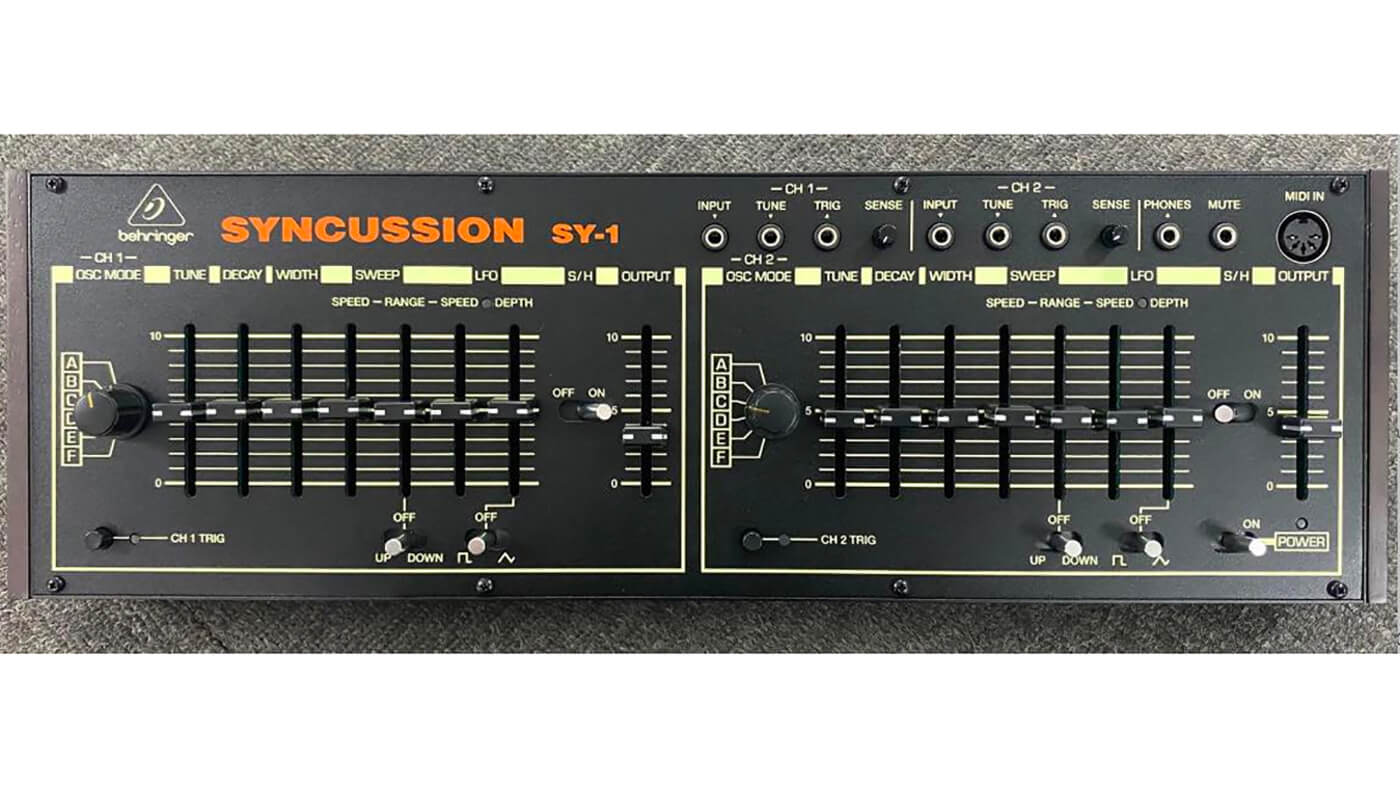
Perhaps one of the more idiosyncratic pieces of gear Behringer will reprise is the Pearl Syncussion SY-1. Sharing an update on 11 January 2022, the brand said that its iteration of the drum machine has taken three revisions to get up to scratch but is now ready to manufacture.
Pearl’s original Syncussion SY-1 was released in 1979 and was the predecessor of the Simmons SDSV drum machine. The SY-1 boasted six oscillators that were capable of creating those classic disco drum kits, along with gnarly synth tones. Behringer has no release date on the synth but said in its Facebook post that a 2022 release is unlikely due to chip shortage challenges.
Polivoks
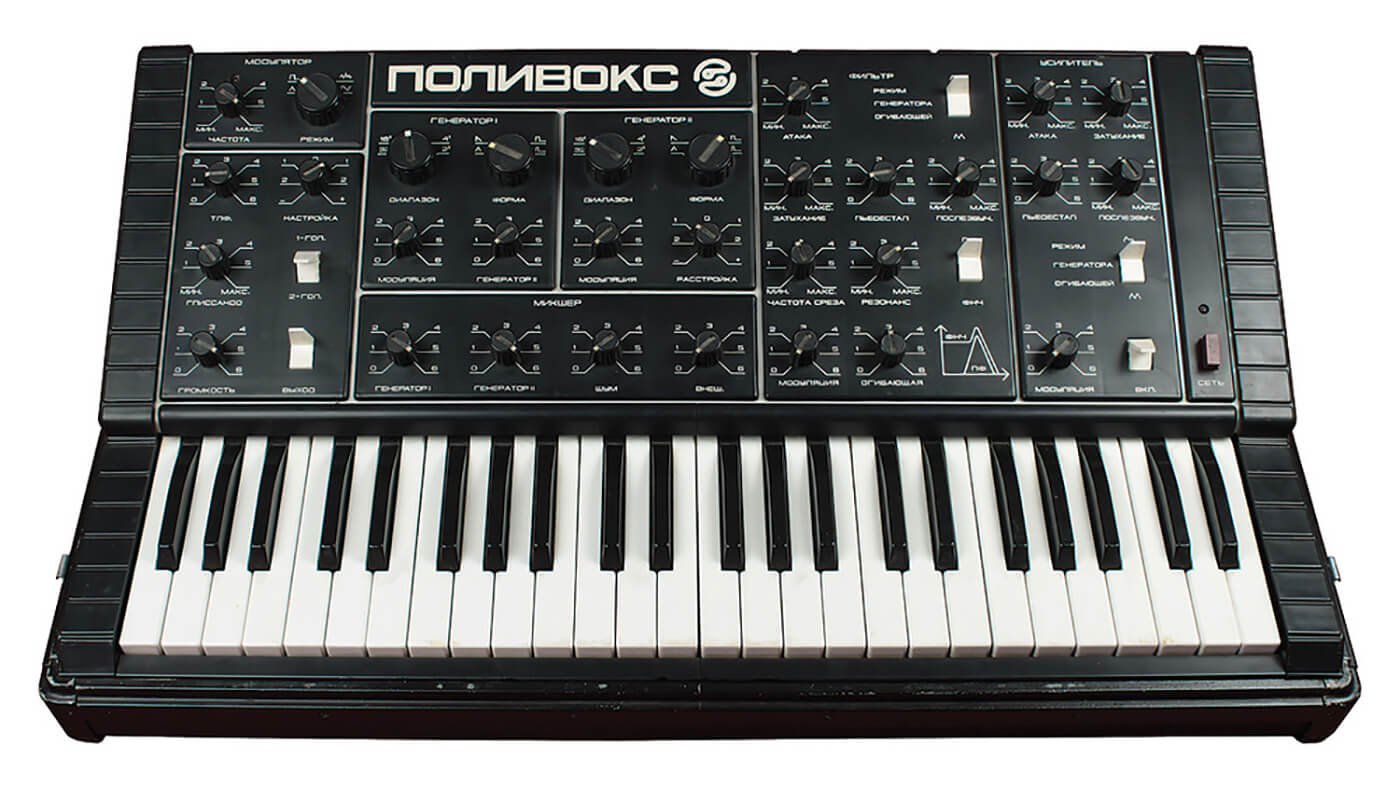
Behringer has collaborated with Vladimir Kuzmin, the original designer of the Polivoks (or Polyvox) synth, to bring this classic Soviet synth into modern production workflows. In a Facebook post in July 2021, Kuzmin explained that he designed the duophonic synth in 1980 at the Urlas Vector plant in Russia, and was initially manufactured by the Formanta Radio Factory. Hence, it is often known as the Formanta Polivoks.
Behringer is yet to provide any further updates on its reprise of the Polivoks. But, with Kuzmin at the wheel, this could be one of its most faithful recreations yet.
1601 Sequencer
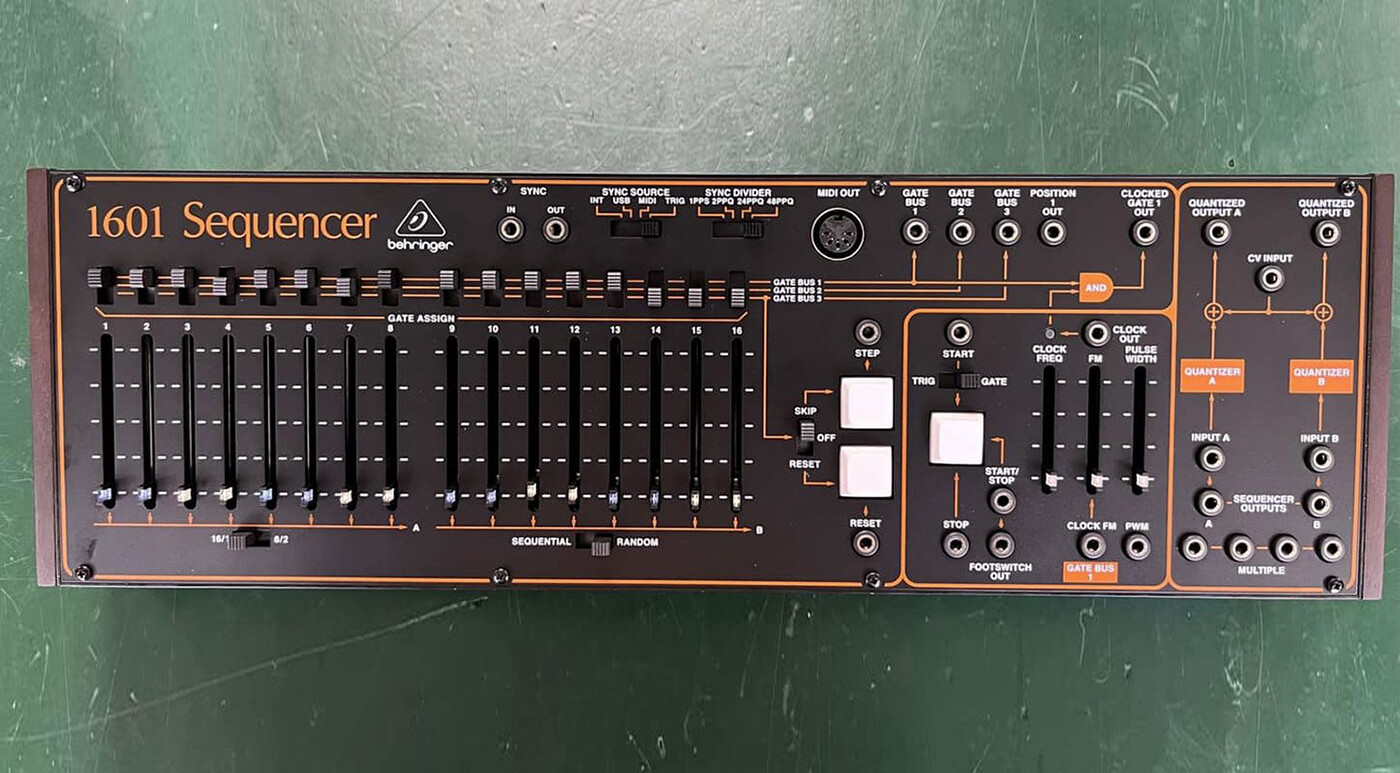
In December 2021, Behrigner revealed that it had been working on a prototype sequencer inspired by the ARP 1601. In its proposed version, the brand included two qunatisers that will ensure it is the “perfect companion” to the Behringer 2600 and other synths.
Although Behringer’s reveal of the sequencer appears to be a close-to-complete concept, it caveats that it has “not yet decided if [it will] put the 1601 in production.” Instead, it handed over the decision to its social media followers – who appear to be in favour.
Behremin
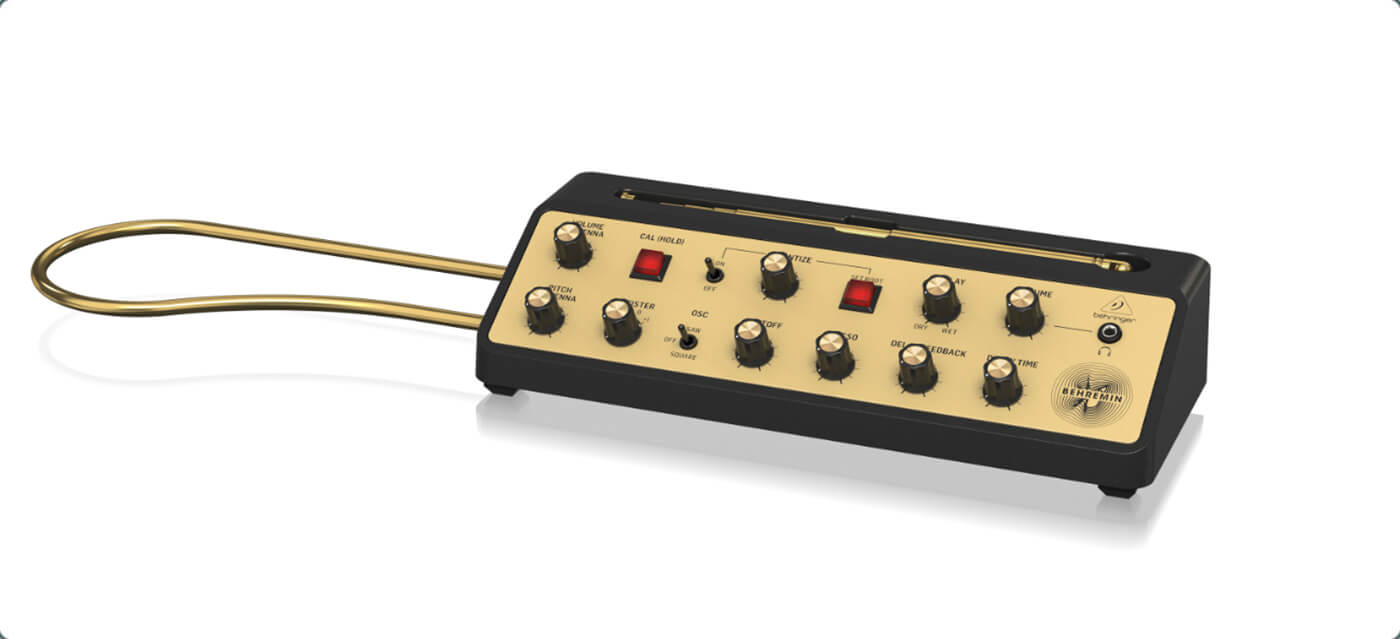
Behringer’s take on the legendary Theremin was previewed in November 2020 but we’re yet to hear any updates. Dubbed the Behremin, the motion-controlled synth could carry a price as low as $99 and boast quantisation capabilities, a delay engine and a filter section. It also seems to take inspiration from Moog’s Claravox Continental, sporting an old-school design and gold-coloured panels.
Although the prototype may have been developed, Behringer has specified that it’s announcement was more of a “design study for the purpose to gather customer feedback.” It added that it “cannot promise if and when [Behringer] will make this product.”
Edge
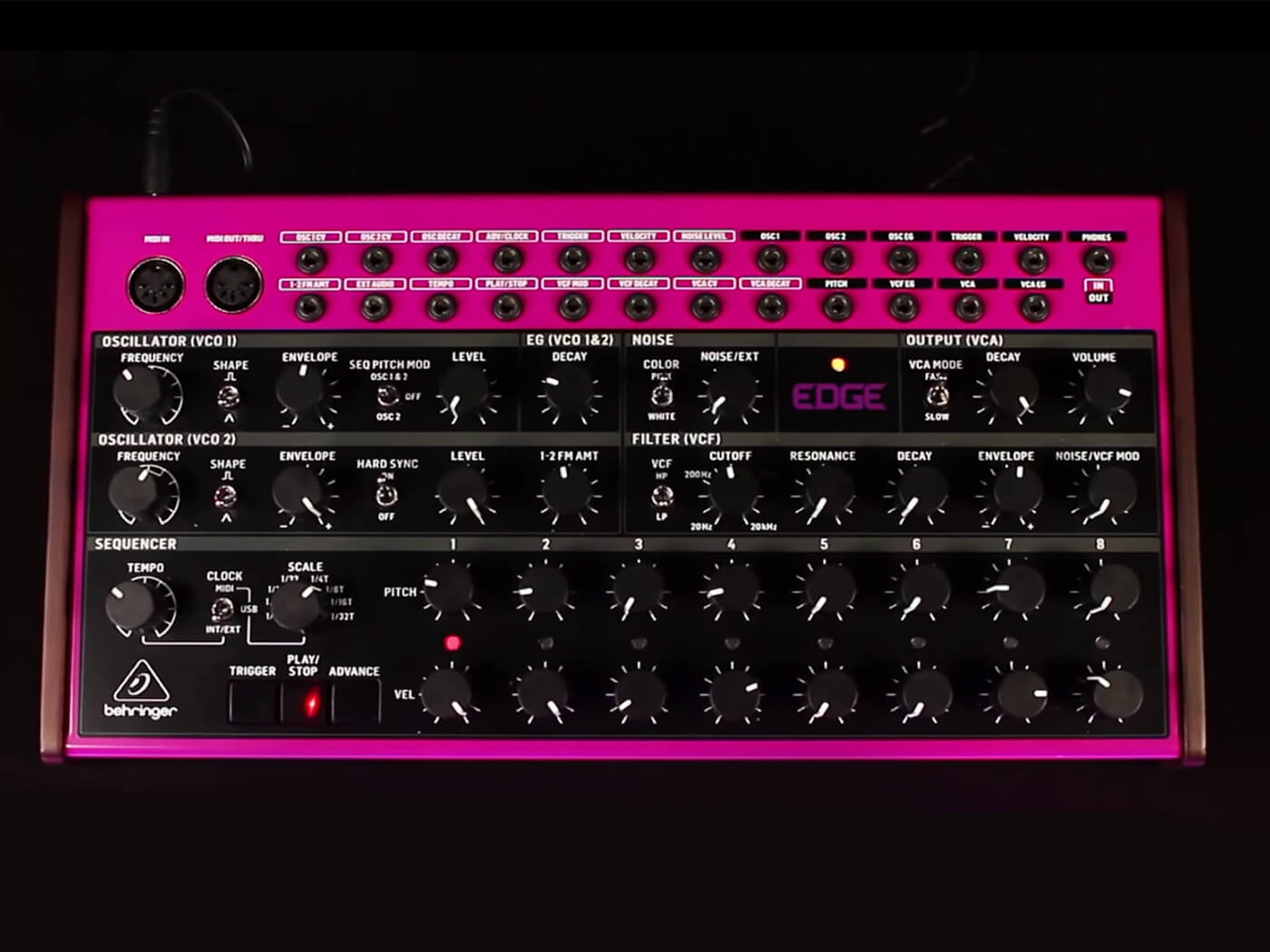
Building on the success of the Crave, Behringer has unveiled the Edge. The pure analogue semi-modular synth is primed for drum sounds and is designed to be a sidekick for Crave. The purple percussion pattern-maker features an eight-step sequencer, a 15xx10 patch matrix and “comprehensive MIDI implementation,” according to Behringer.
Check out the overview video below.
Proton semi-modular synth
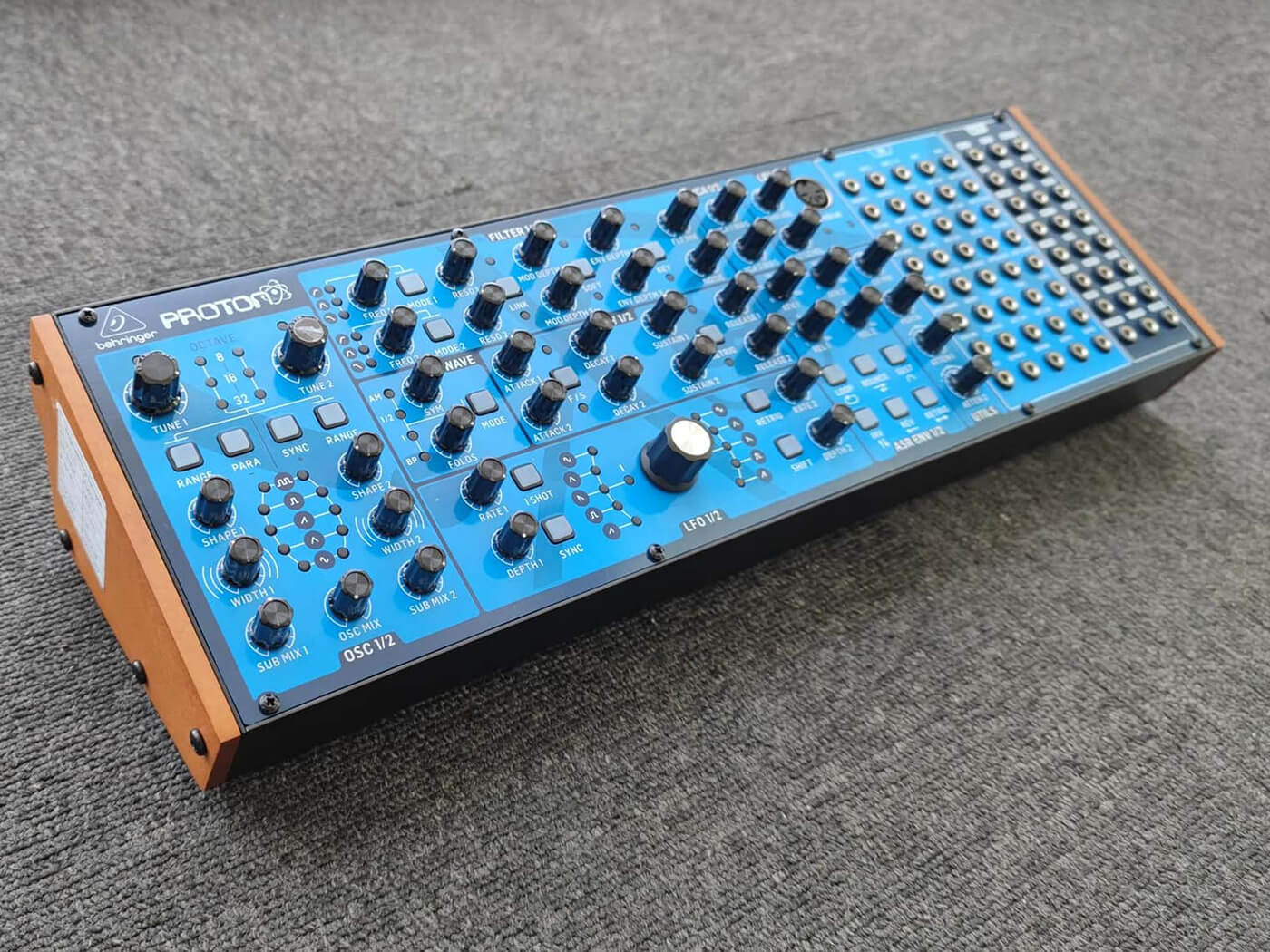
Proton is Behringer’s next evolution of its highly-acclaimed Neutron synth. According to the brand, this will be “the most powerful and complex semi-modular synth ever designed.” Evidently, Behringer is confident of Proton’s prowess and added that it’s “live having several synthesizers in one casing.”
Neutron’s successor includes dual analogue oscillators with five blendable waveforms, multi-mode filters, indendent sub oscilators, a 64-point patch bay and more. Behringer says that Proton is ready for production and will cost $299 – the same as the original Neutron. However, the release date is dependent on when Behringer can receive enough chips to fulfil manufacturing demands.
BoogerFooger AD104
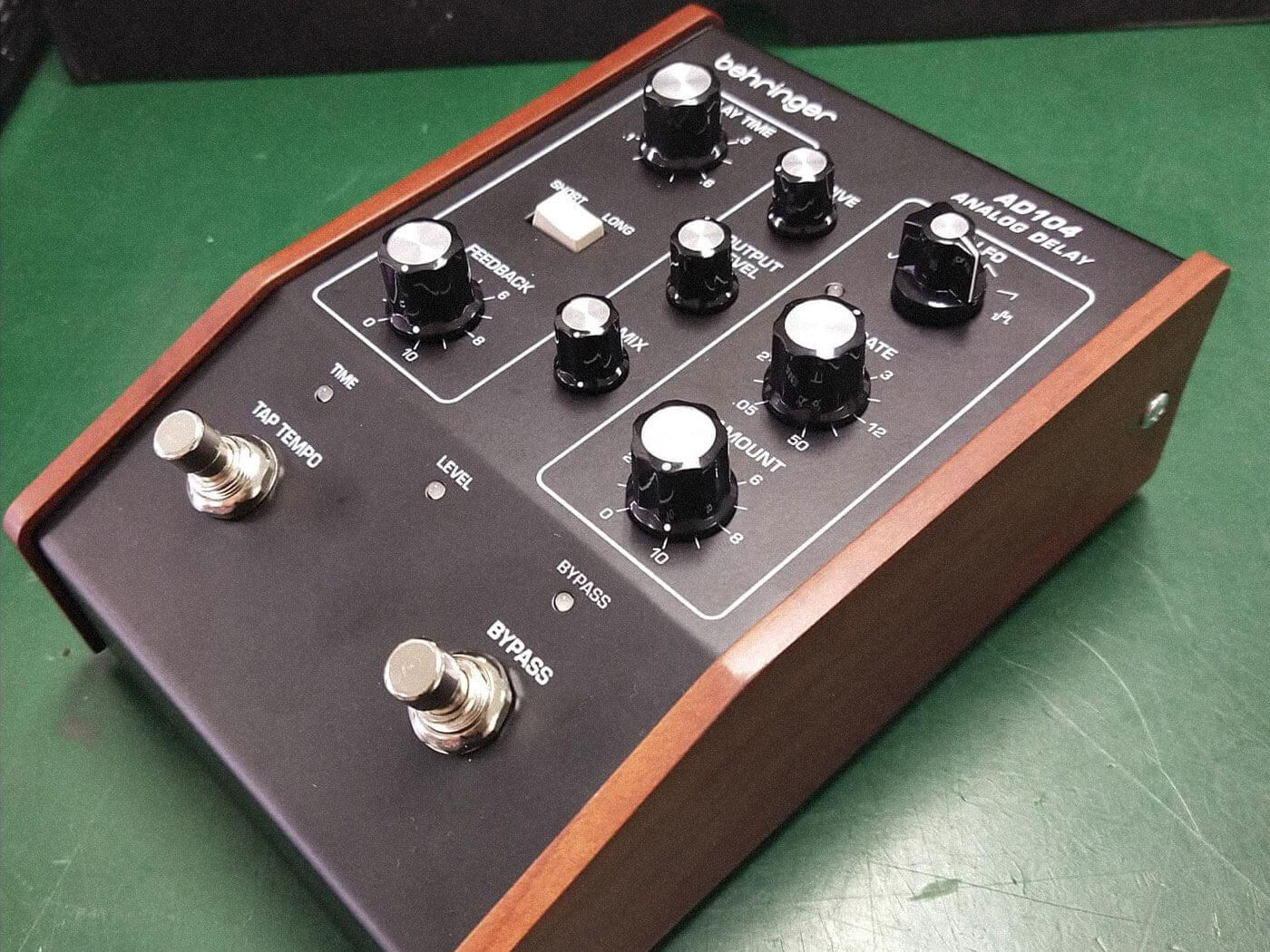
Arguably one of Behringer’s least expected designs is it’s rendition of the Moog MoogerFooger MF-104M delay pedal. The synth community has playfully blessed the pedal with the names BoogerFooger and BehringerFehringer, although Behringer has opted for the name AD104.
The effect pedal seems to be a knob-for-knob replica of Moog’s original, packing an LFO-driven modulation matrix and parameters for delay time, feedback, drive and output level. Behringer has also added a five-pin MIDI input and CV control fro the LFO amount.
However, one issue Behringer may encounter in reviving the pedal is sourcing a like-for-like bucket-brigade delay chip. The MoogerFooger’s original chip is exceedingly rare and it’s been decades since Moog has remade it. This could cause issues for Behringer in developing an authentic alternative.
There’s no word on price or release on this one yet, but Behringer joked with one prospective customer online that it will arrive in 2104. We’re convinced it will come before then, though.
BCR32 MIDI Controller

Behringer said in 2020 that its customers were requesting “a revival of the BCR2000 MIDI controller which has been discontinued for quite some years.” It’s response was the BCR64 but was later changed to the BCR32 after Behringer announced a collaboration with ZAQ Audio on the product.
ZAQ Audio is responsible for the Zaquener, an alternative firmware for the BCR2000 that transformed the controller into a 32-step sequencer. Evidently, the collaboration will see the Zaquencer programme preloaded into the BCR32. The BCR32 will feature 32 encoders with LED indicators and 20 buttons that you can customise for your workflow.
Behringer hasn’t put a price tag or release date on the BCR32 but has said that it will “seamlessly integrate into [its] upcoming free DAW.”
Behringer DAW
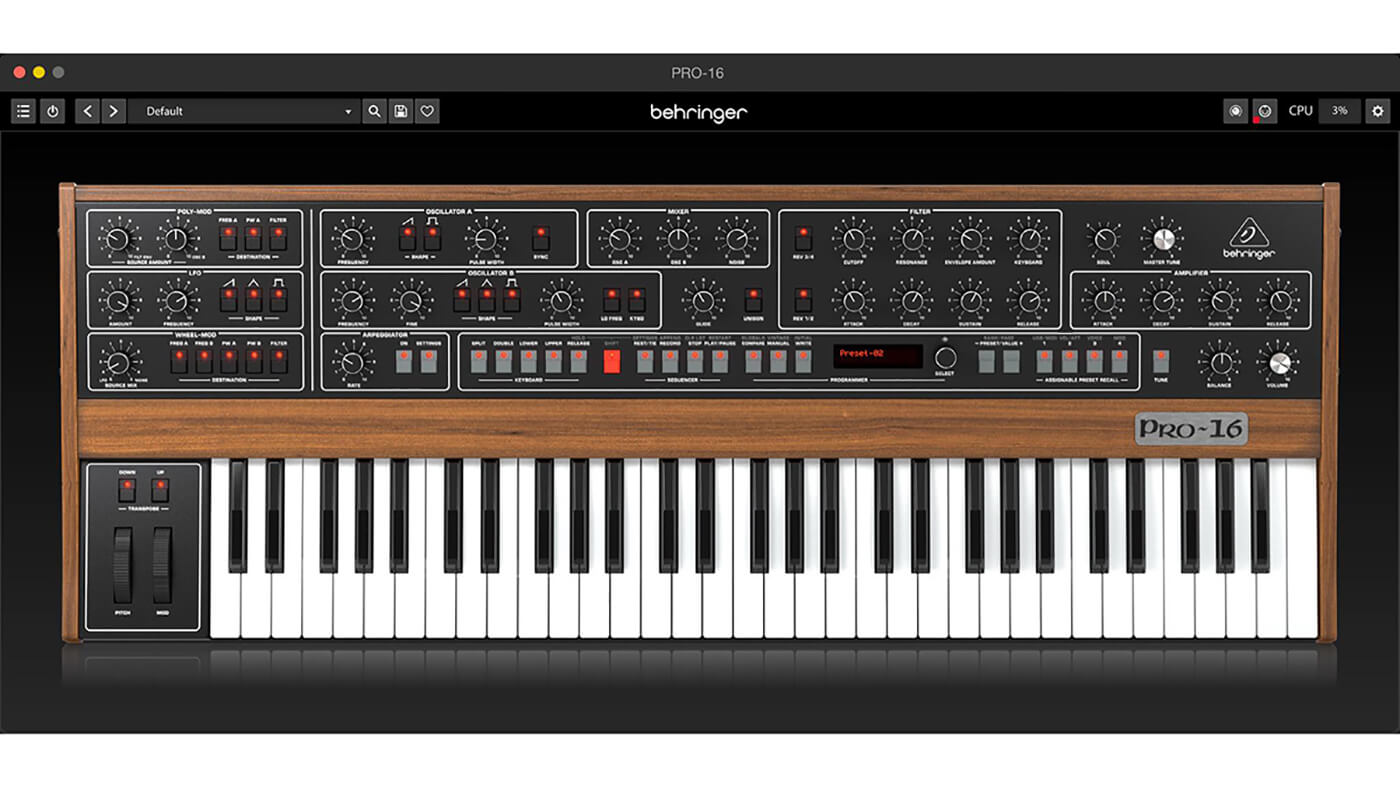
To truly bring about its goal of providing music-making tools for everyone, Behringer has pledged to release a free, fully-fledged digital audio workstation (DAW). After announcing the project in 2020, Behringer has kept relatively quiet about progress updates and no release date has been announced. However, the brand is encouraging collaboration from software developers across the globe.
In a post, Behringer said: “We’d like to invite all VST developers around the world to join us build the most amazing free DAW and get your plug-ins integrated. Help us contribute to the empowerment of musicians and the musical education of kids. Contact us at jo****@mu********.com and we’ll put you in touch with our developers from TC Electronic.”
Behringer virtual emulations
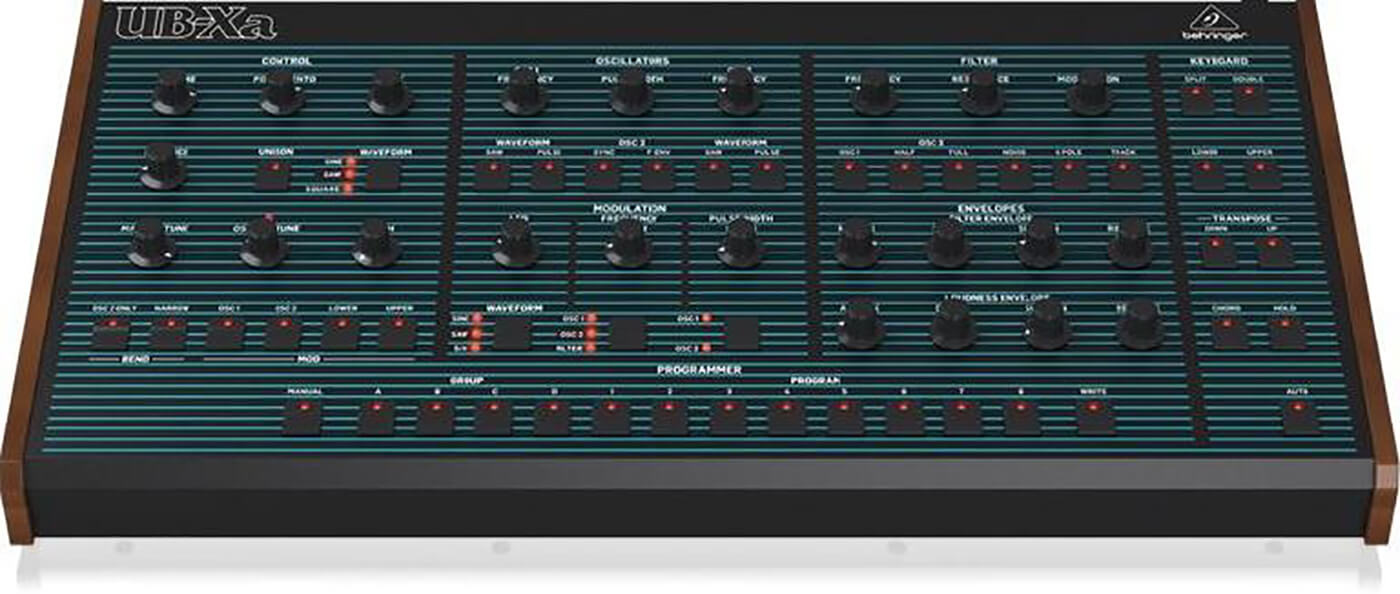
In its upcoming DAW, Behringer will include several free virtual emulations of hardware synthesziers and some paid-for soft synths. So far, the brand has shared images of emulations of the Sequential Pro-5, PPG Wave 2 and Oberheim OB-Xa.
According to Behringer, it has created the plug-ins with its sister brand, TC Electronic, and “some of the world’s best VST developers.” These emulations should come to light alongside the release of the Behringer DAW.





Leave A Comment
You must be logged in to post a comment.